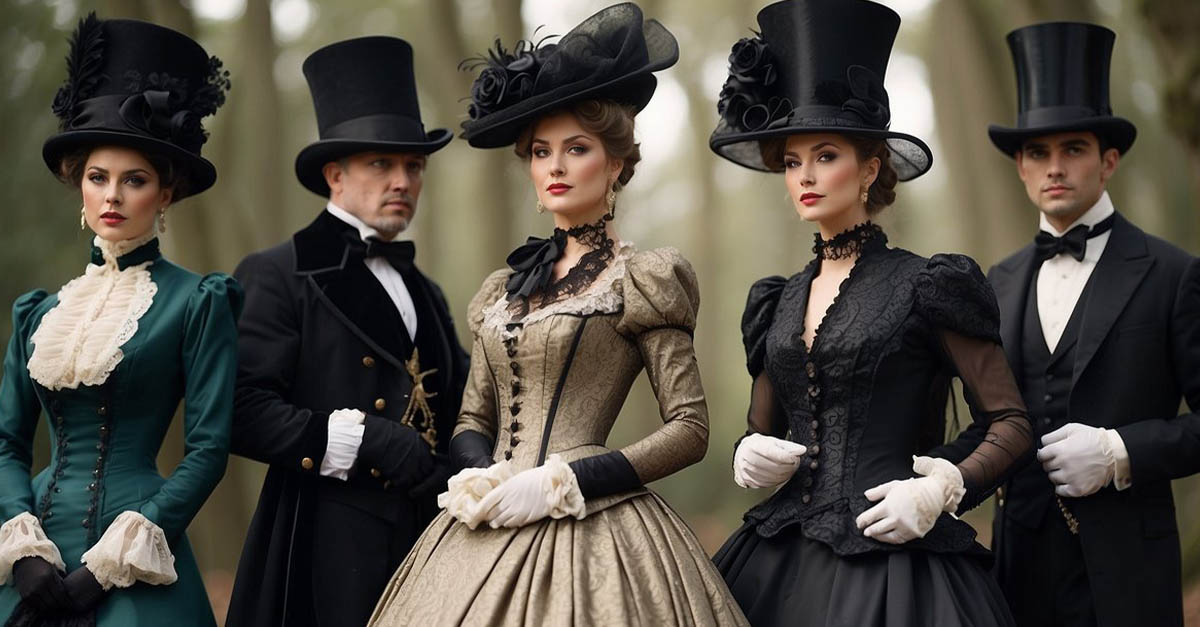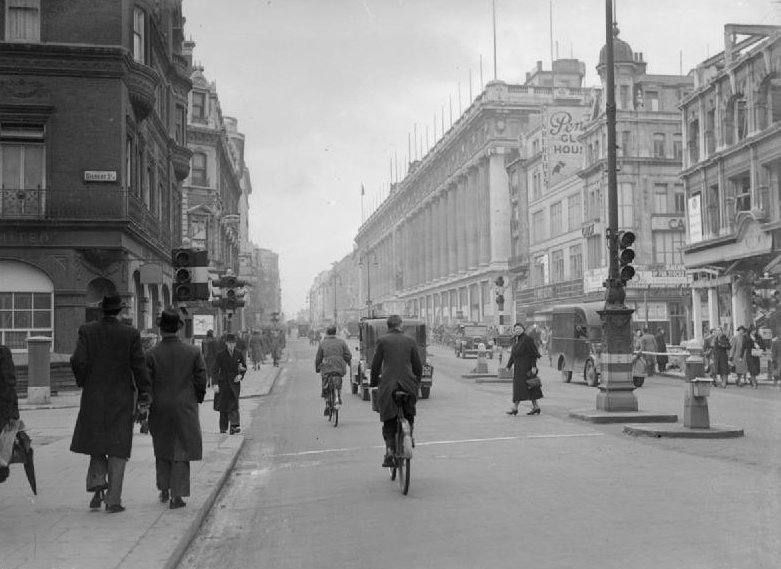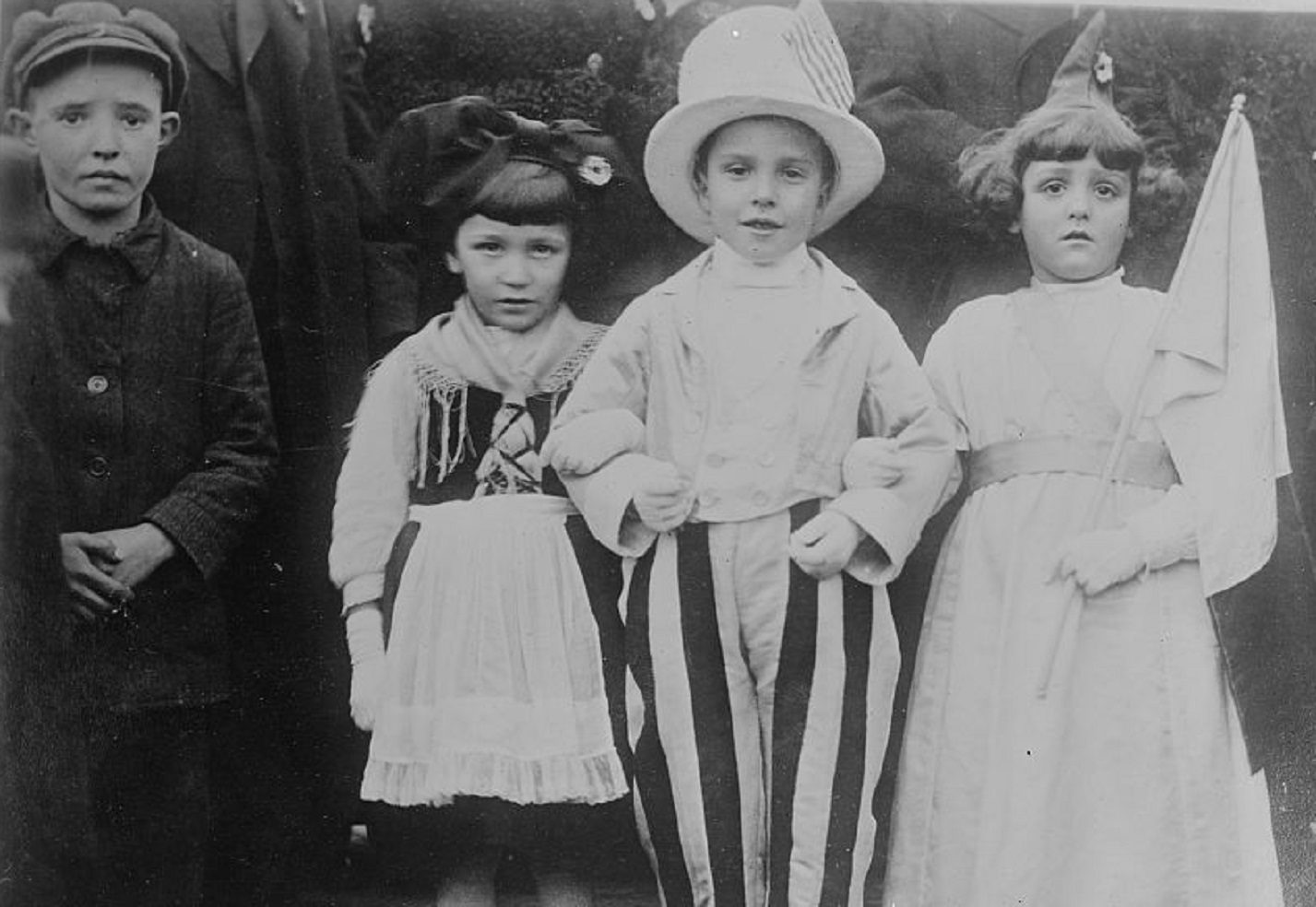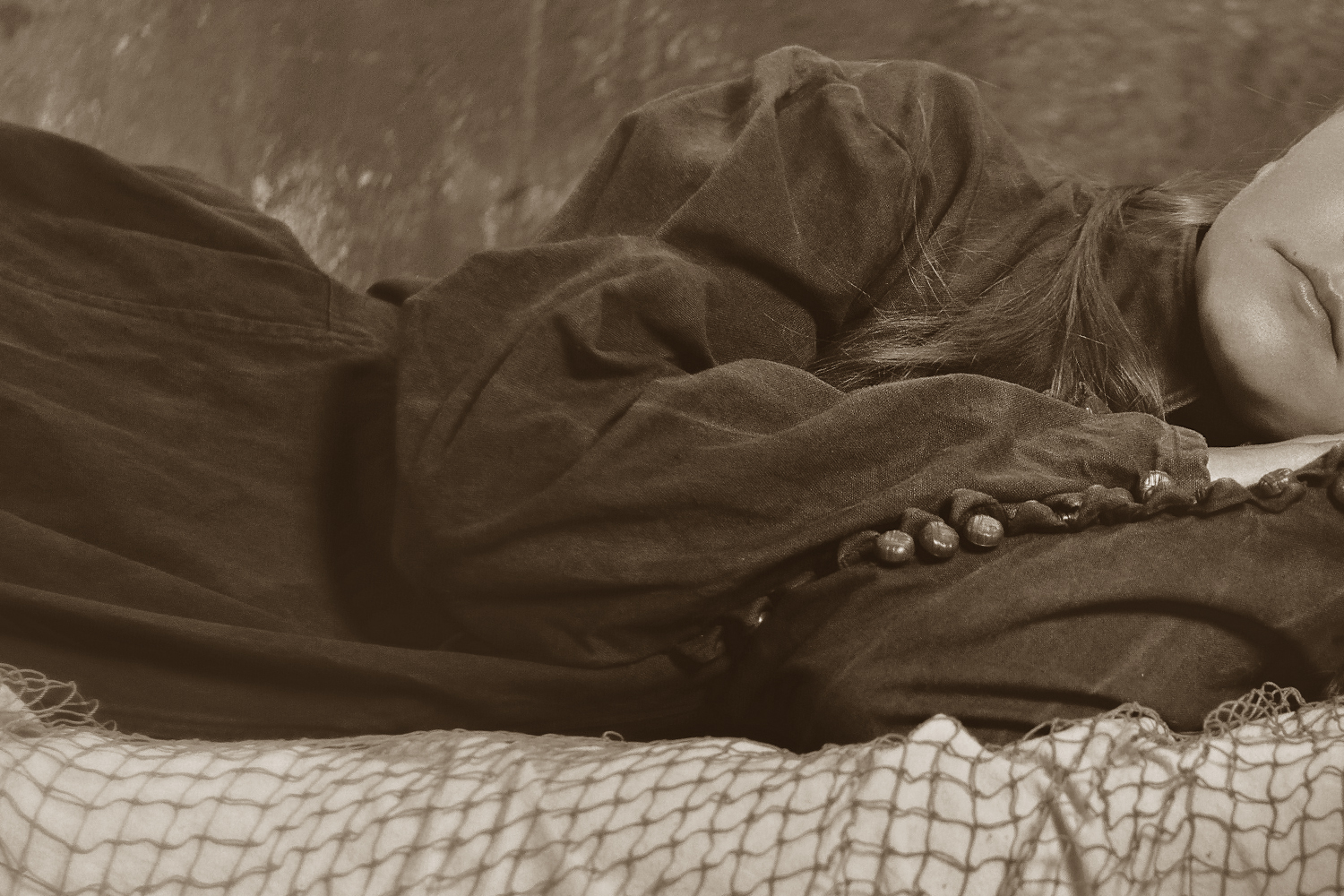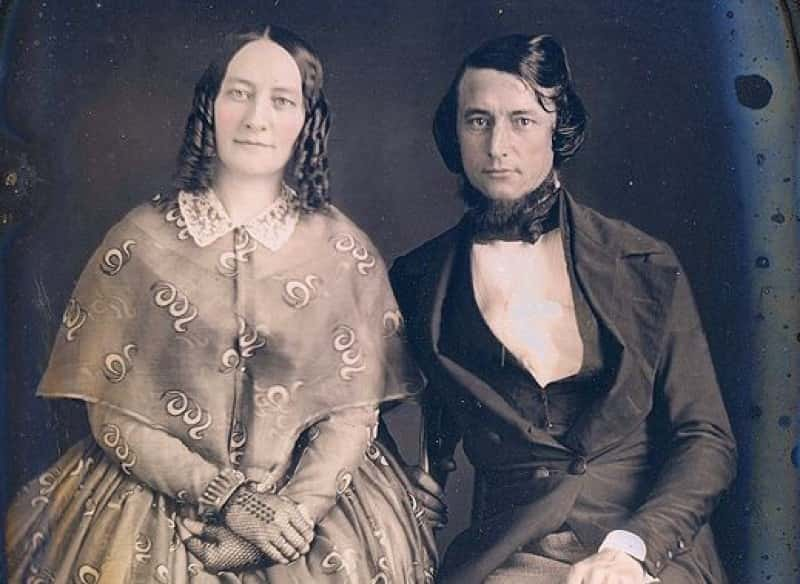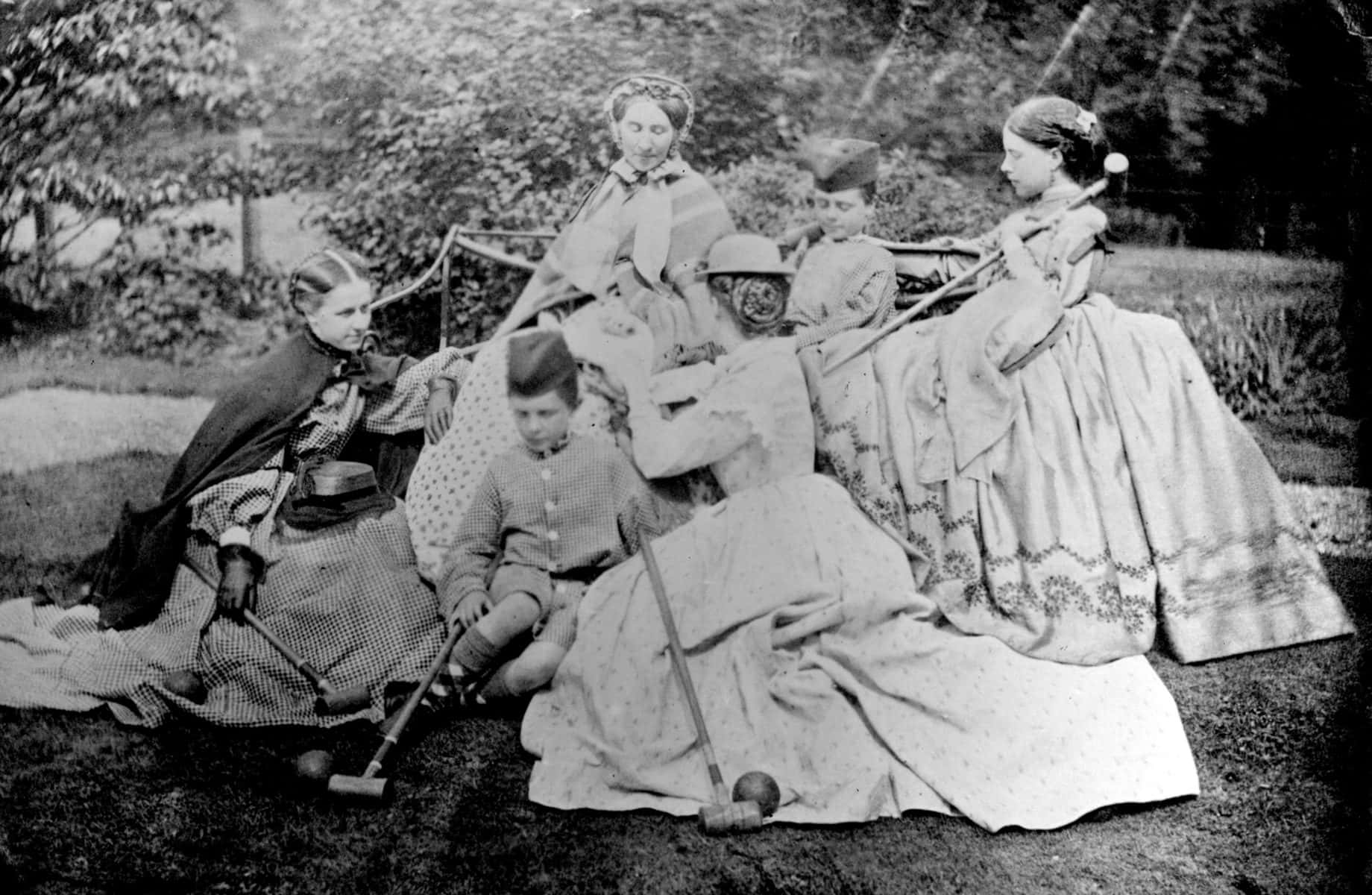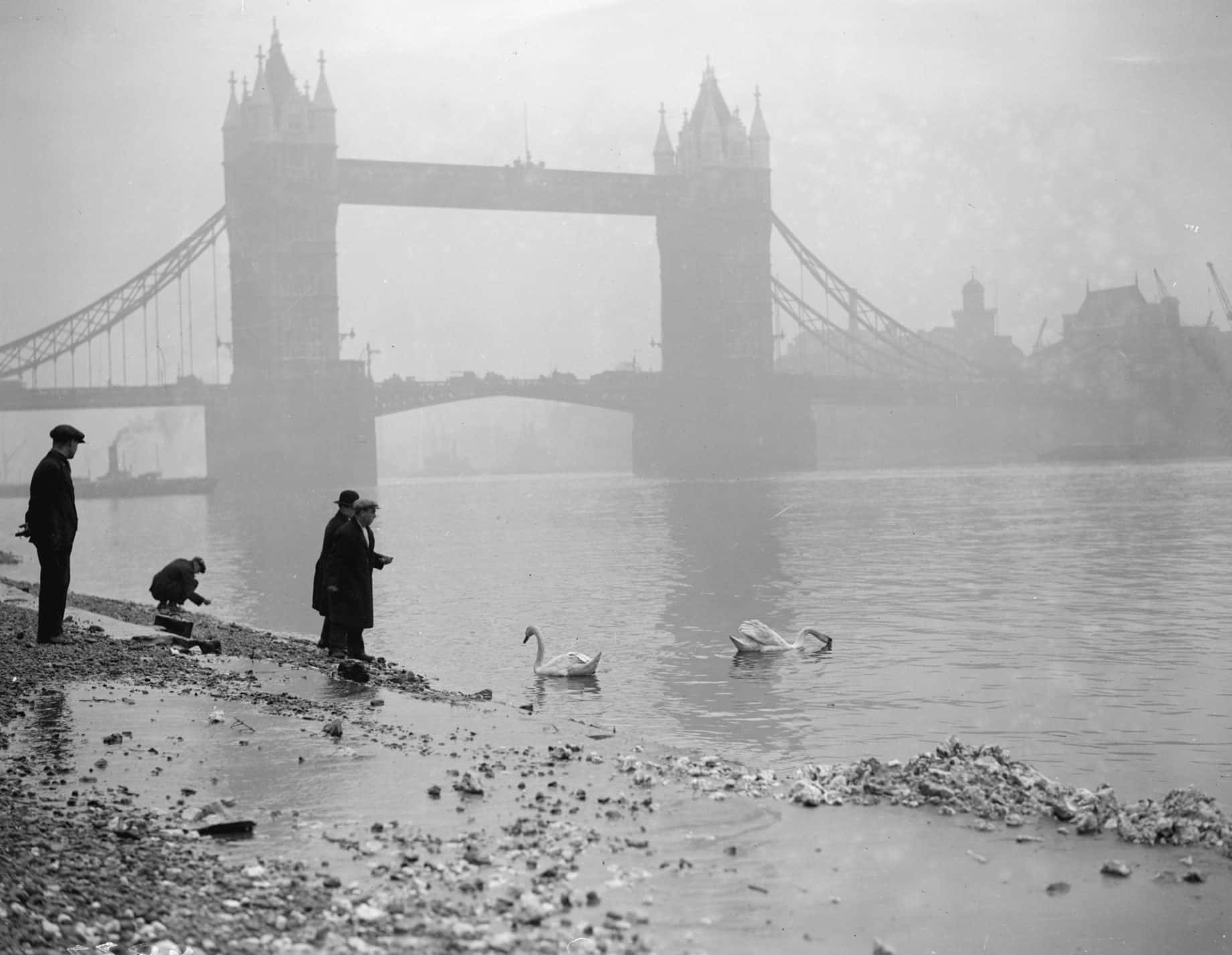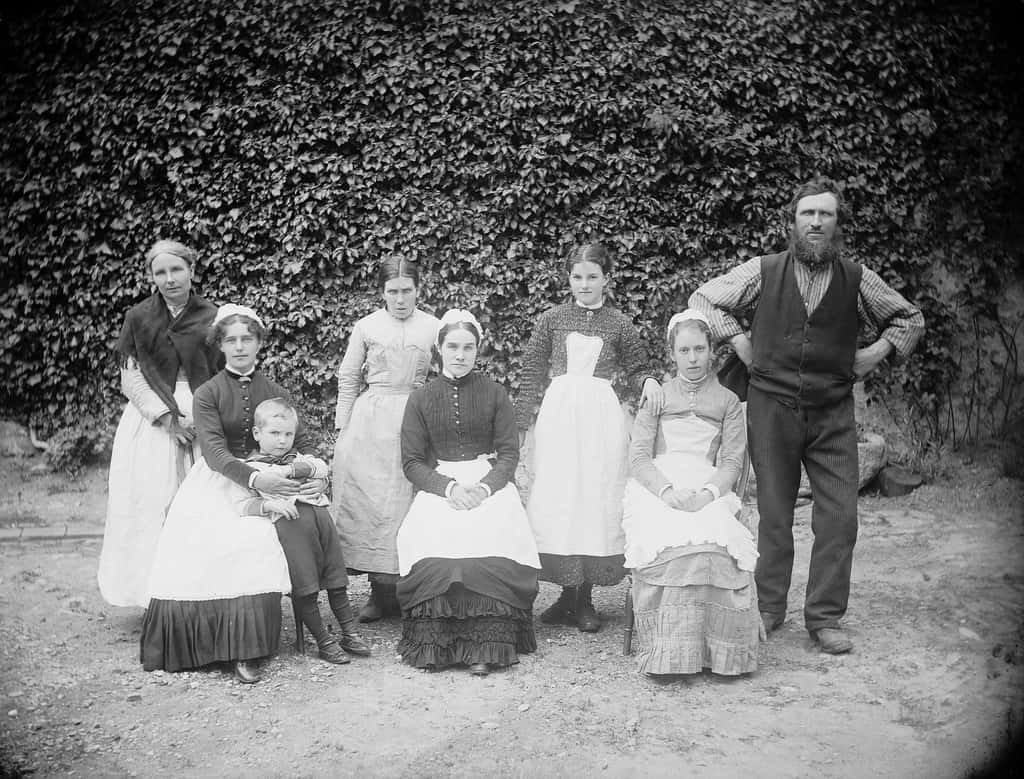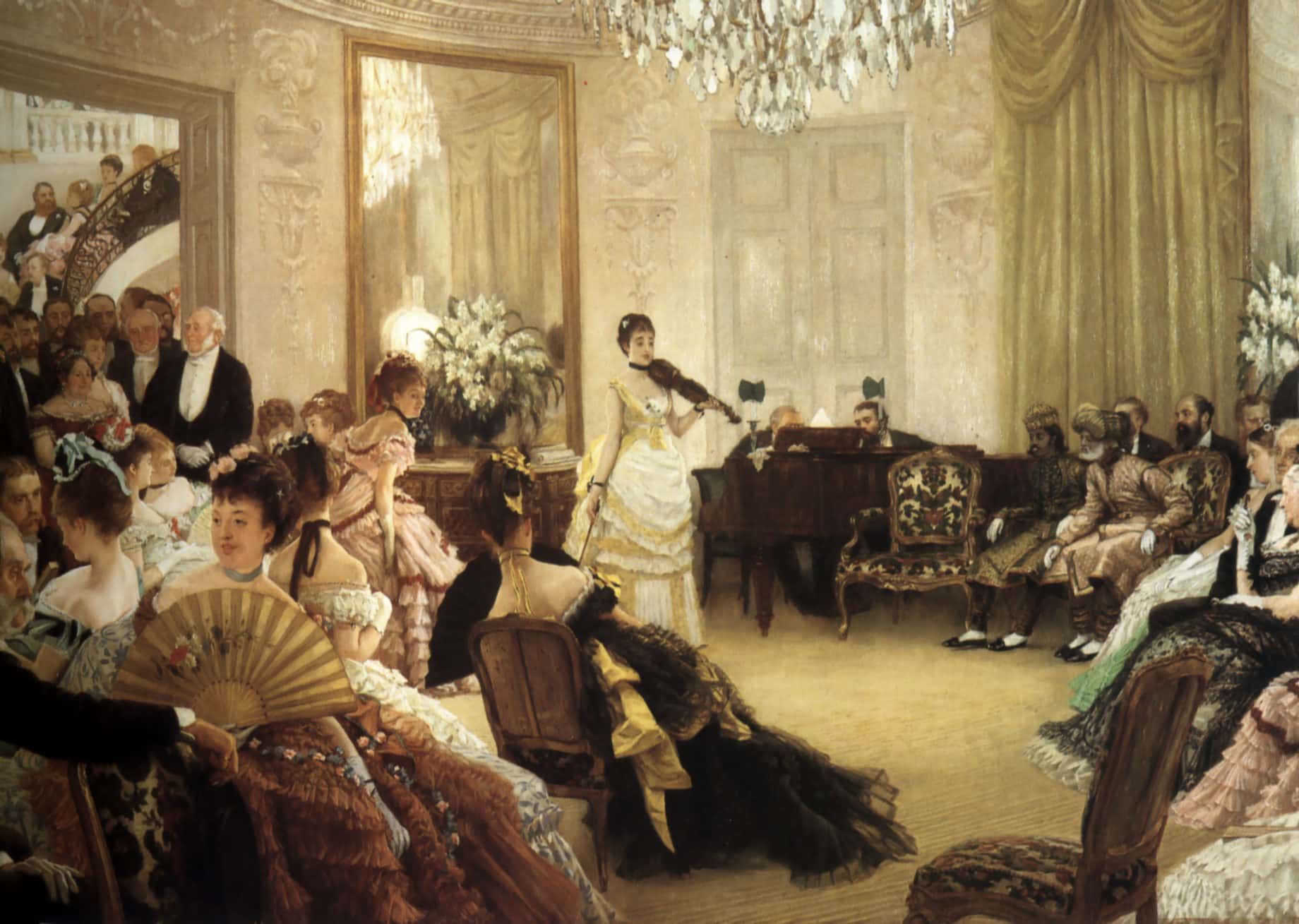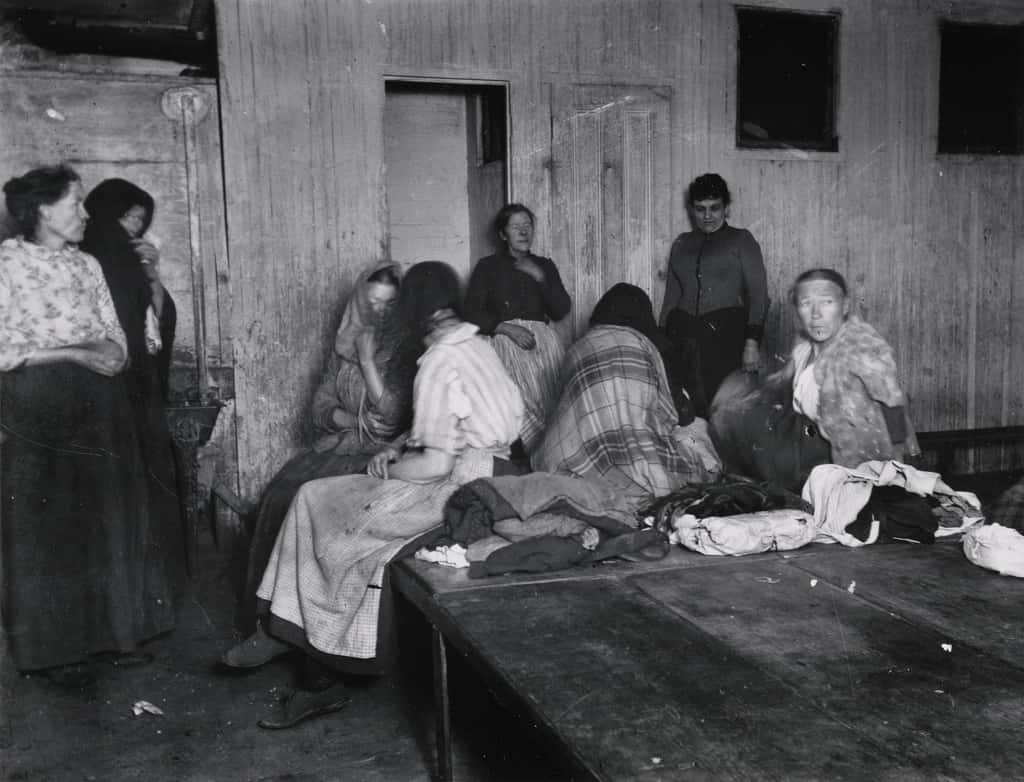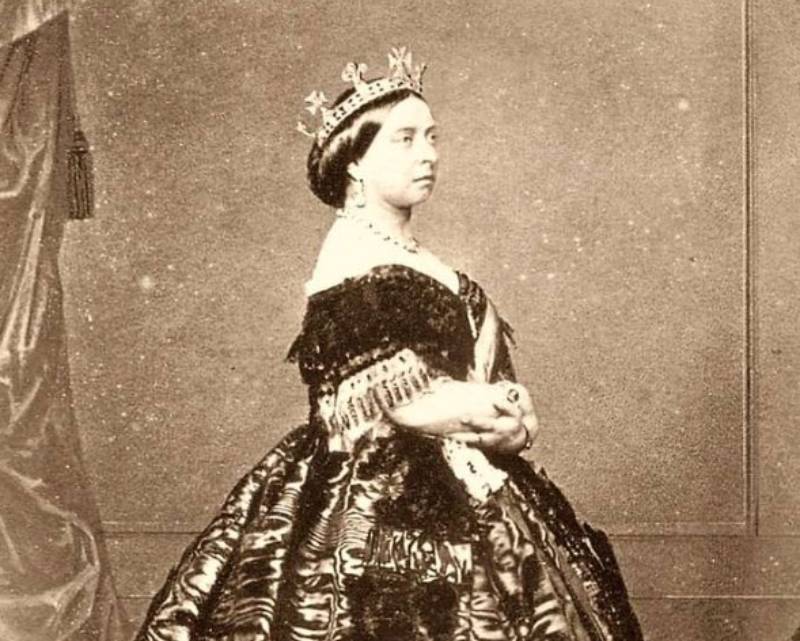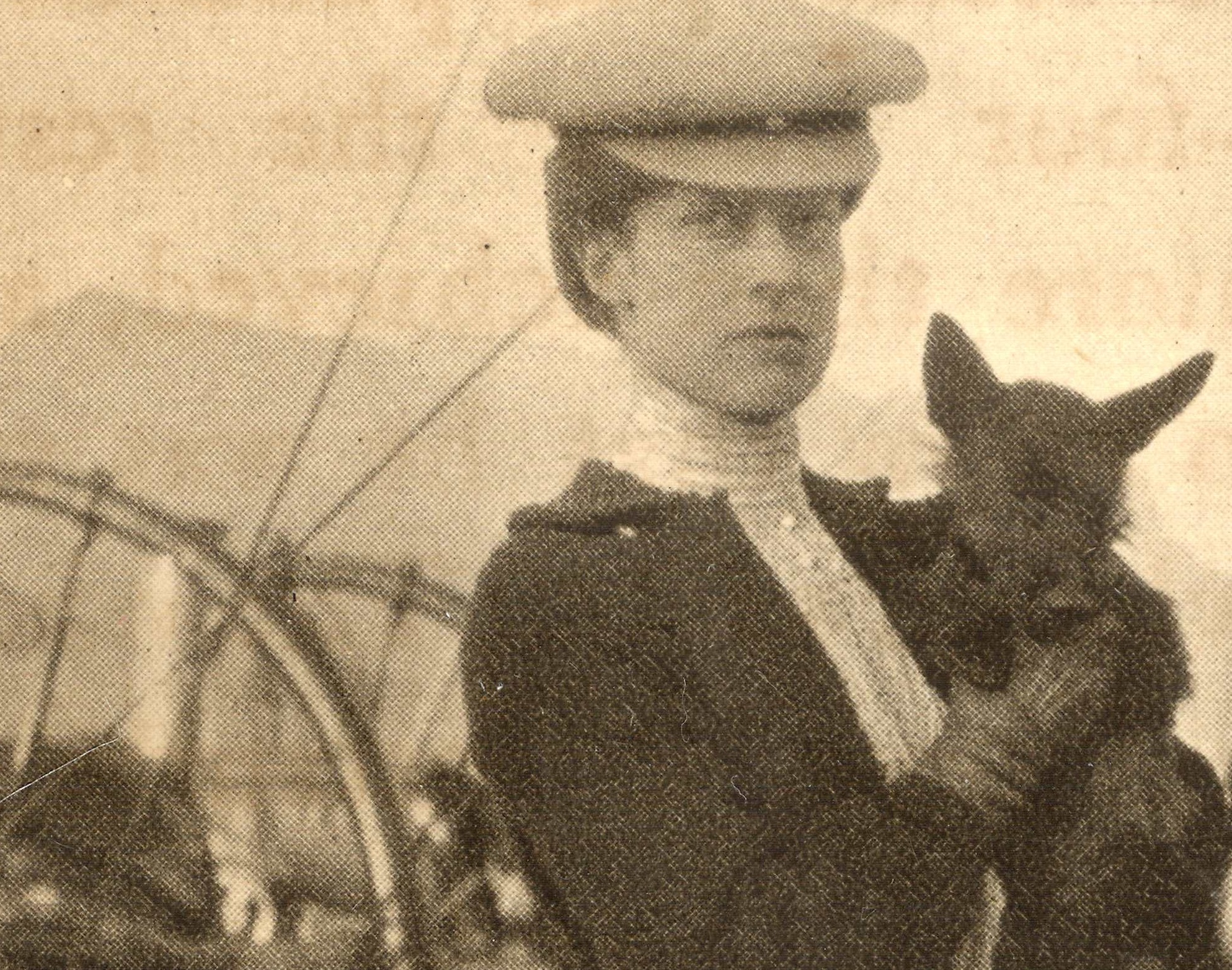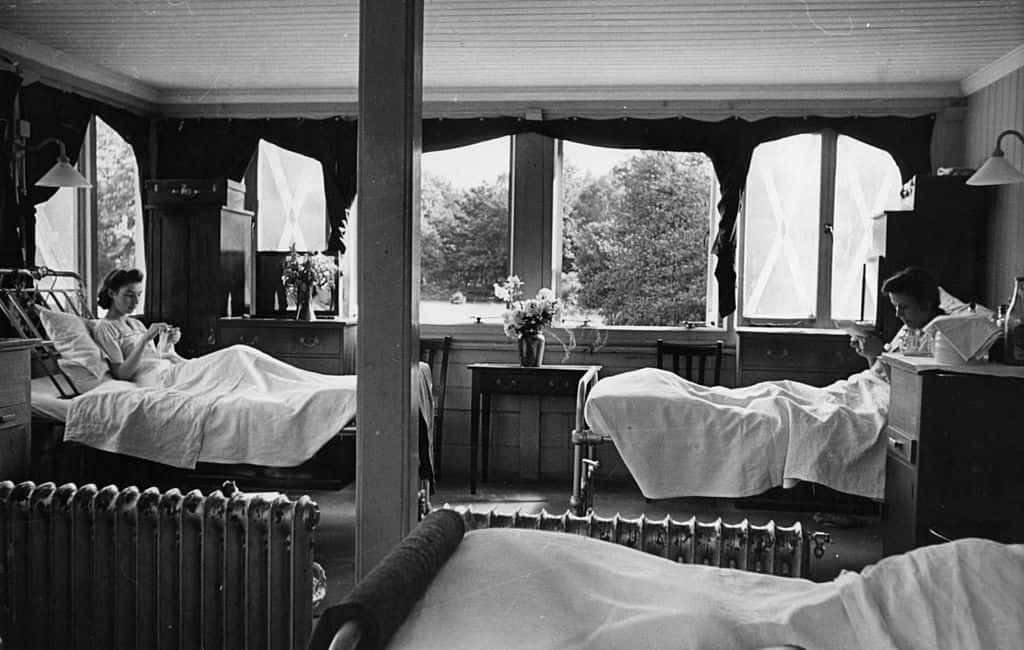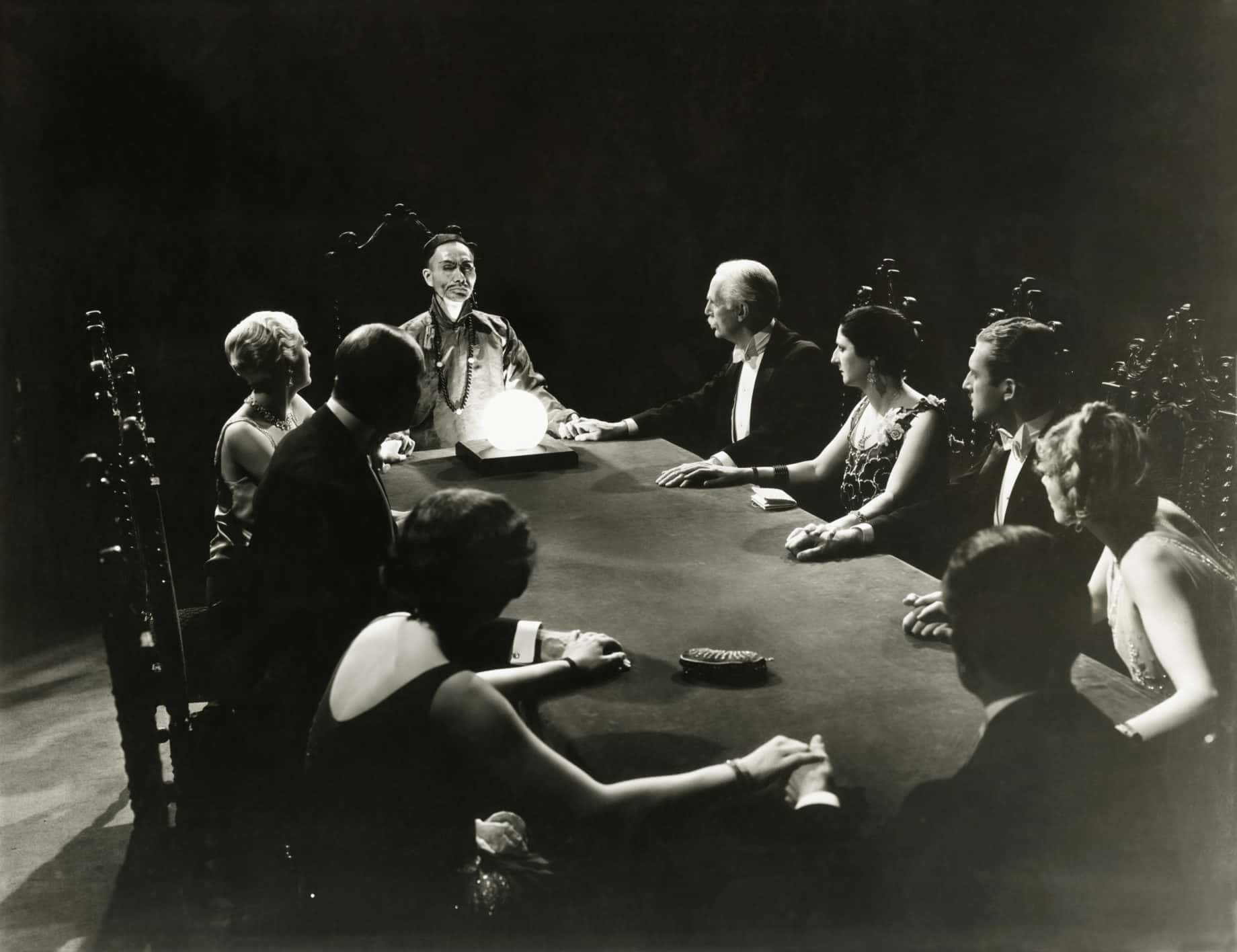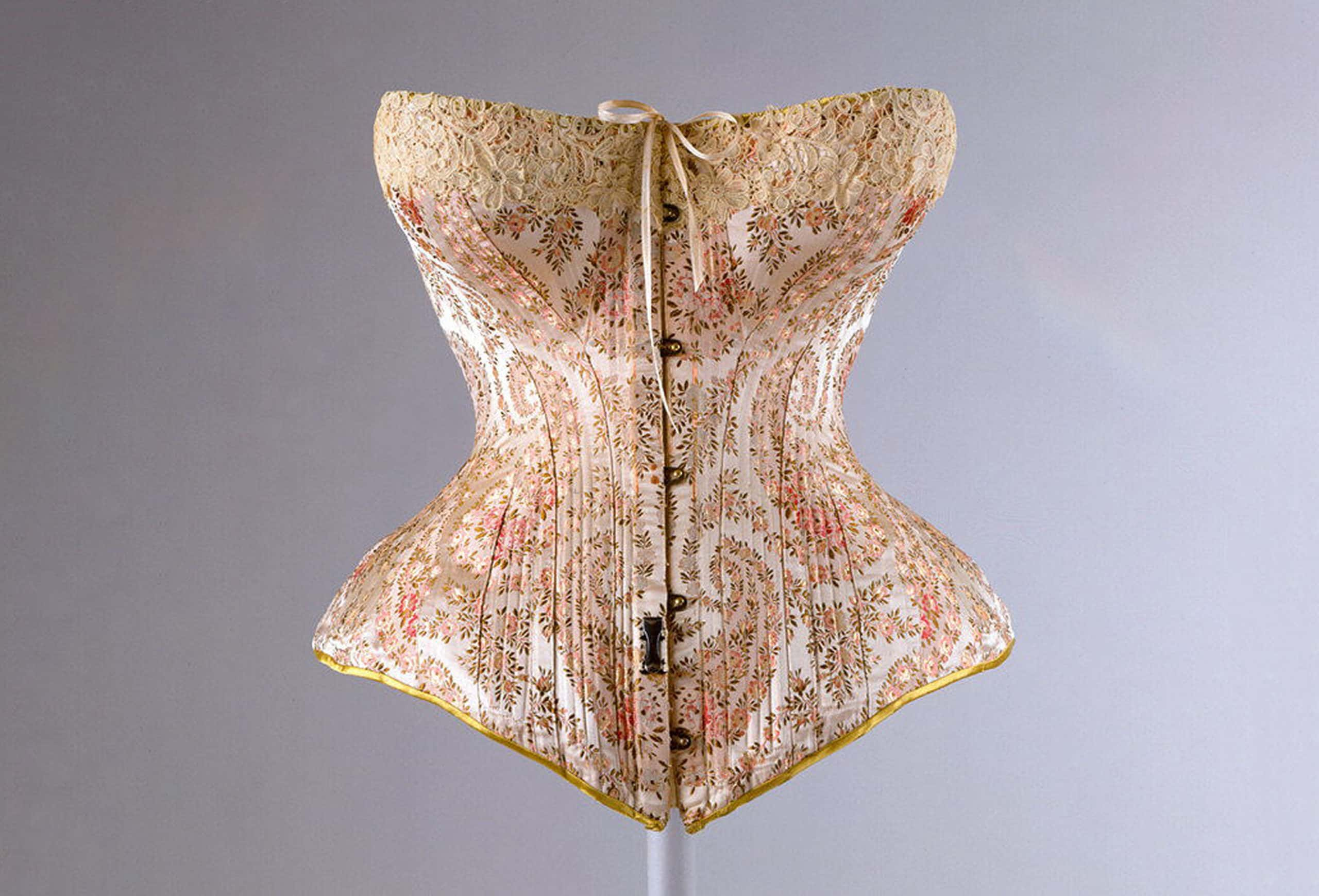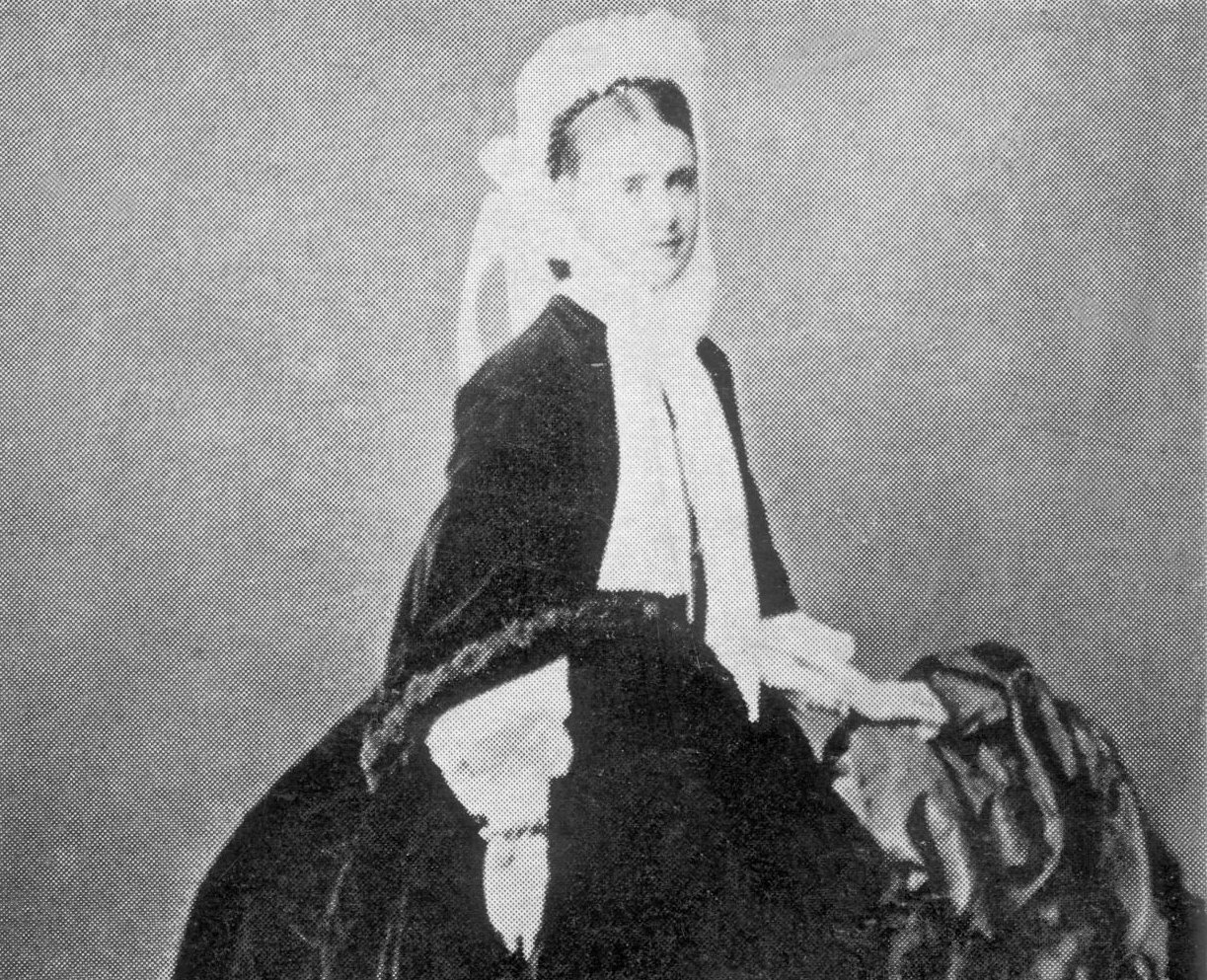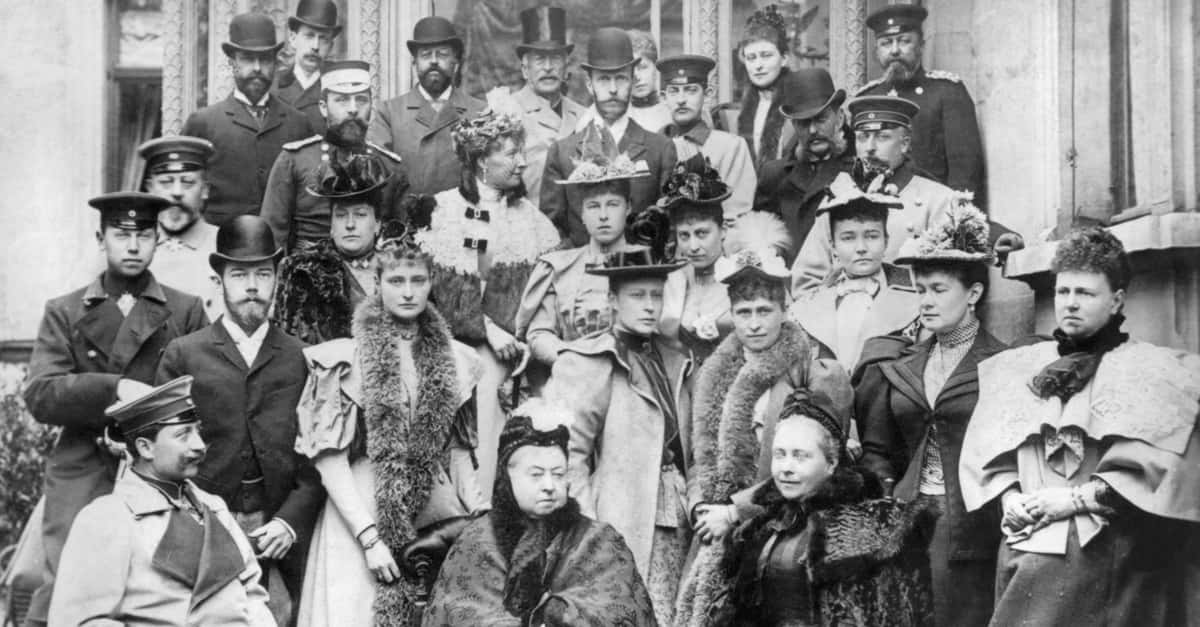The Victorian Sensibilities Versus Reality
There are a lot of things we carry with us from the Victorian Era. Many inventions from the time became commonplace, and many illnesses have been nearly eradicated. But we still have a lot of misconceptions around what living in the Victorian Era looked like.
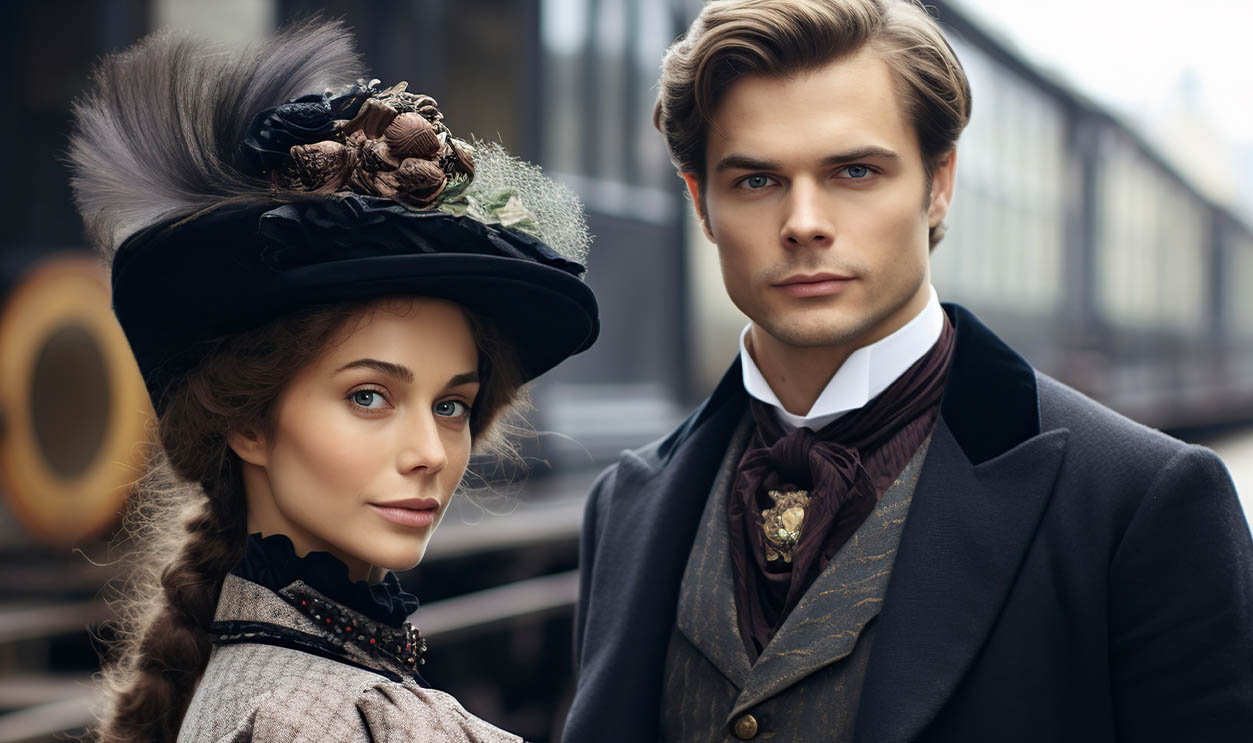
Misconception: London Was A Clean City
We often view the Victorian era through a clean, tidy, uptight lens. But this isn’t exactly the reality of the time.
Reality: London Was A Stinky City
The stink of London streets and the wafting fumes of the Thames were actually intense. They also didn’t have the same plumbing we have today, and they would throw refuse, garbage, and food scraps into the streets and the river.
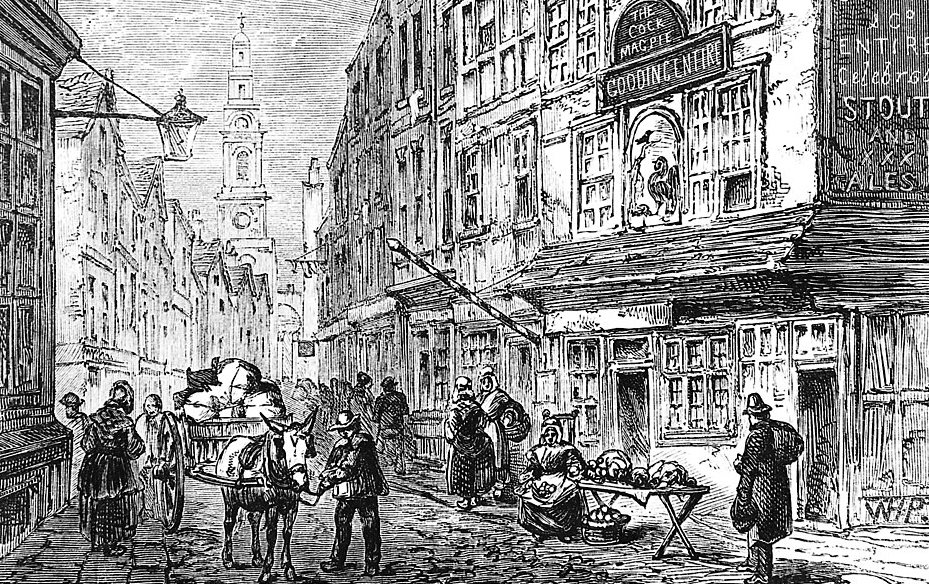 Wellcome Images, CC BY 4.0, Wikimedia Commons
Wellcome Images, CC BY 4.0, Wikimedia Commons
Reality: London Was A Stinky City
There was a summer called “the Great Stink”. They called it that due to the sheer intensity of the smell imbued into London. Parliament actually considered abandoning the city to escape the putrid scent.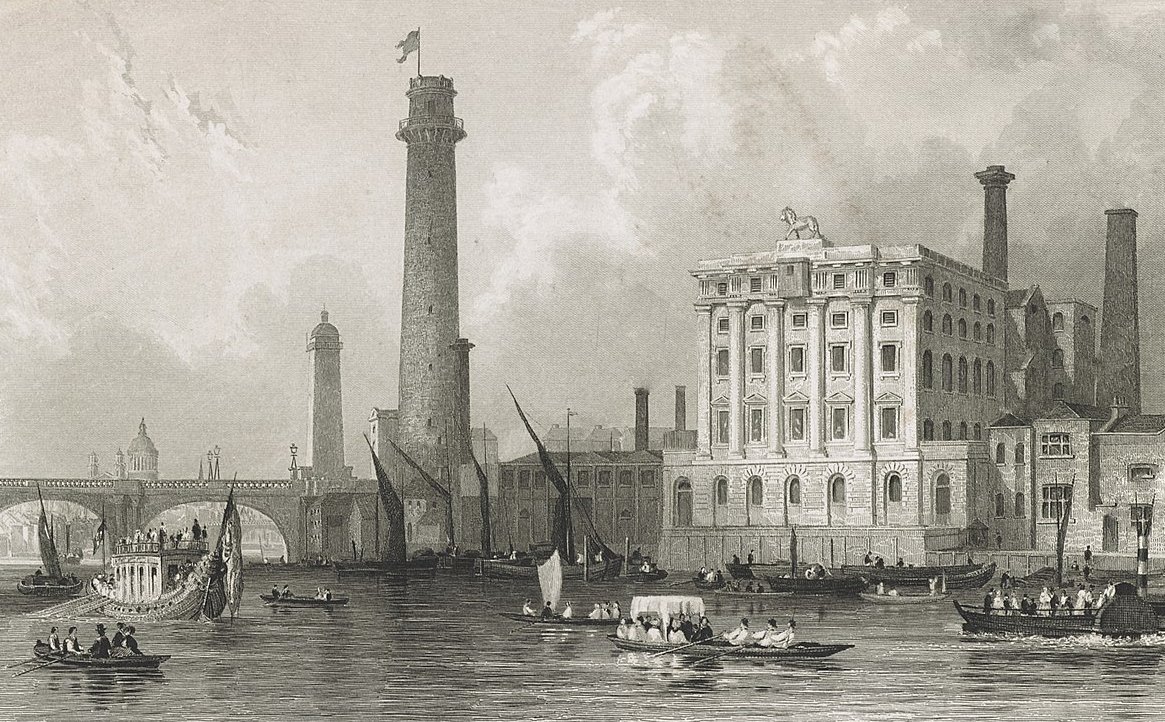 M J Starling , Thomas Allom, Wikimedia Commons
M J Starling , Thomas Allom, Wikimedia Commons
Misconception: It Was A Prosperous Era For Humanity
Some people were extremely prosperous in the Victorian era, it's true. However, that's only one side of the story. 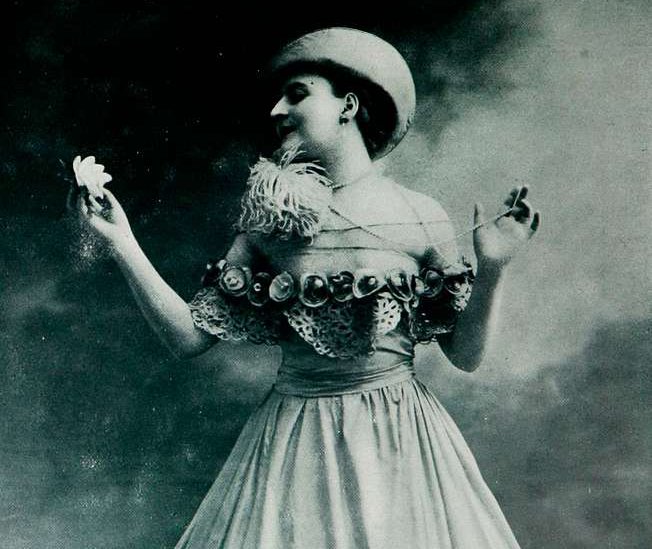 National Library of France, Picryl
National Library of France, Picryl
Reality: Extreme Poverty
Prosperity was only for some, and it brought a huge class divide with it. Poverty permeated nearly every part of the city. It wasn’t limited to specific areas in the city, like the East End. This meant that everyone was in close proximity with one another, whether they liked it or not.
Reality: Extreme Poverty
There was the equivalent of a hostel for immigrants or citizens moving from their rural towns to the big city. These were also a cheap landing spot for those who were evicted from their homes. But the conditions were far from comfortable.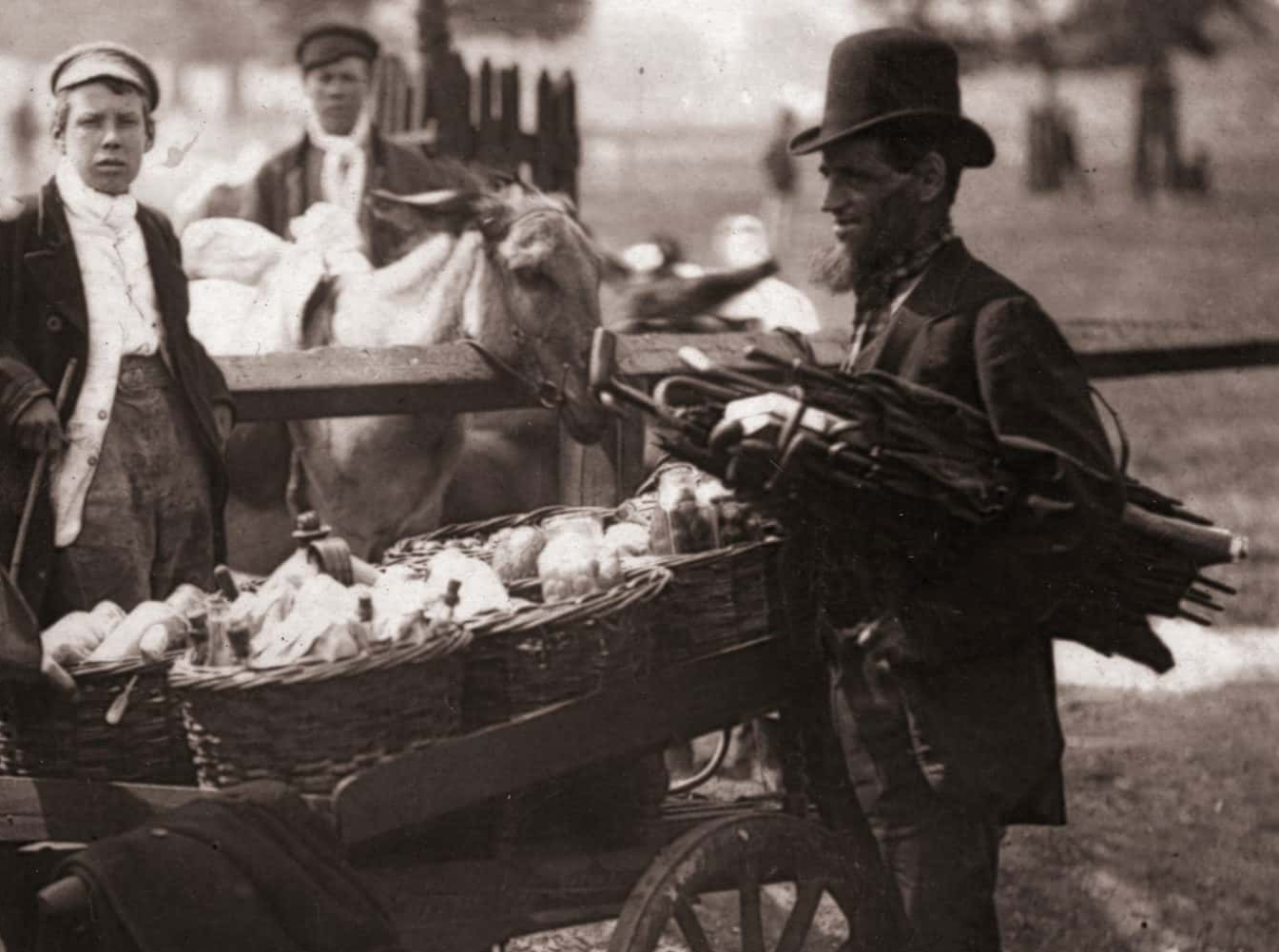 Getty Images
Getty Images
Reality: Extreme Poverty
These hostels were pretty intense, and for a penny a night, you could sleep on a bench with a rope keeping you sitting upright. Usually, this was used for inebriated customers, but sleeping like this also indicated just how down-and-out someone was.
Misconception: Children Were Well-Treated
A common misconception was that children were well-treated during the Victorian Era. But this wasn’t always the case. 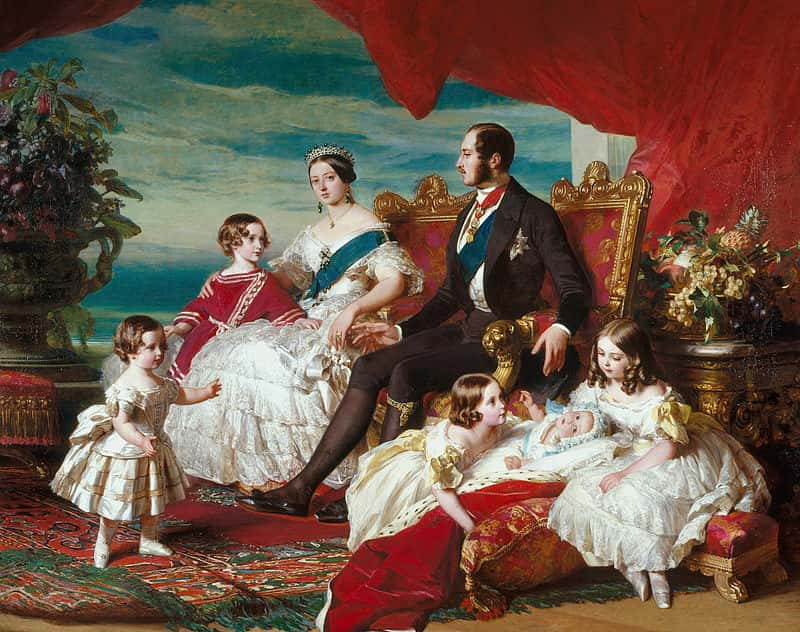 Wikipedia
Wikipedia

History's most fascinating stories and darkest secrets, delivered to your inbox daily.
Reality: The Mistreatment Of Children
It was common for fathers of illegitimate children to abandon them. Often, the mothers faced hardship and demise alongside their children. But there was another option for these children, though debatably worse.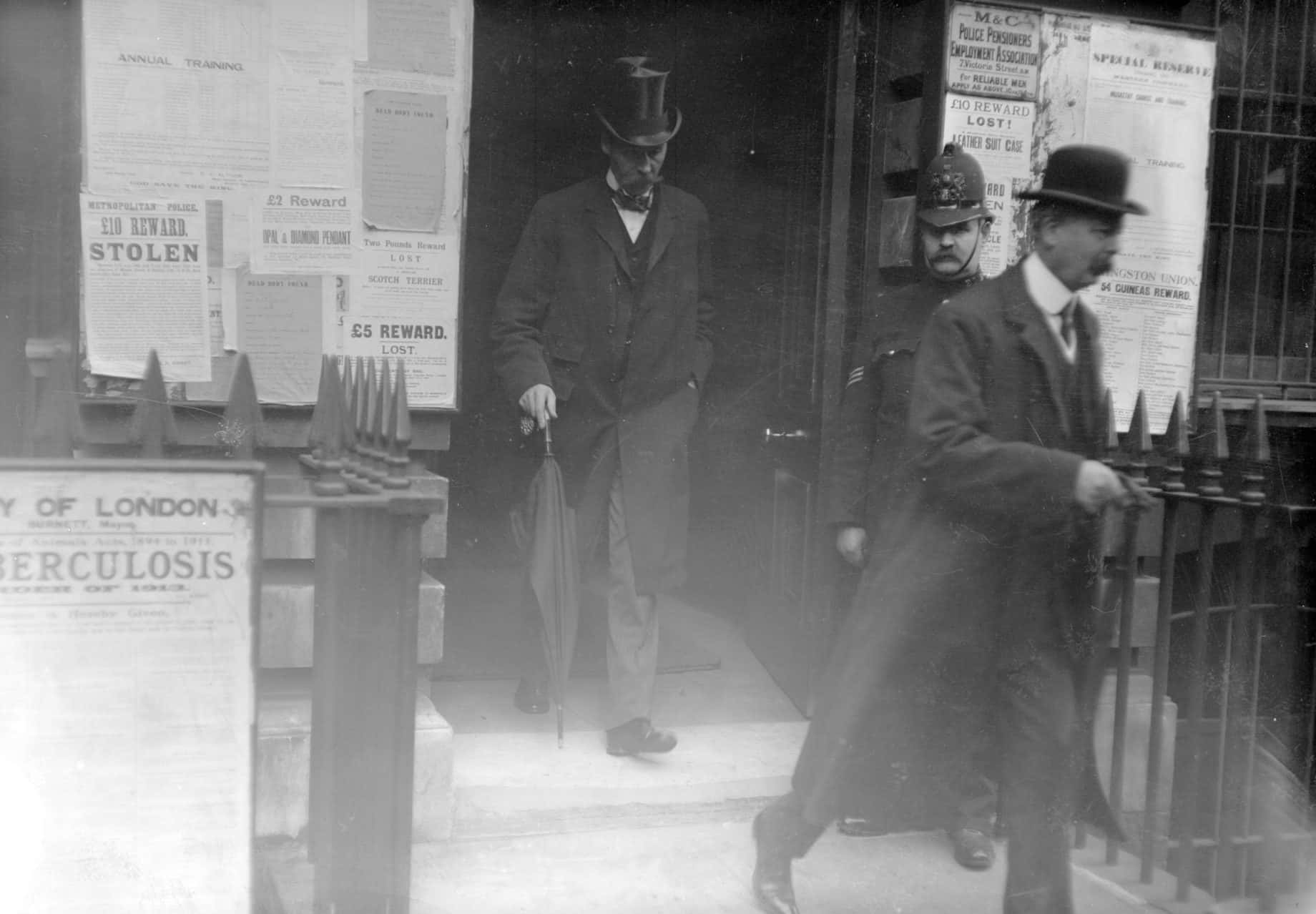 Getty Images
Getty Images
Reality: The Mistreatment Of Children
Baby farms were created in response to this, which would allow farmers to raise these illegitimate children in return for regular payments. This wasn’t always a good option for the children.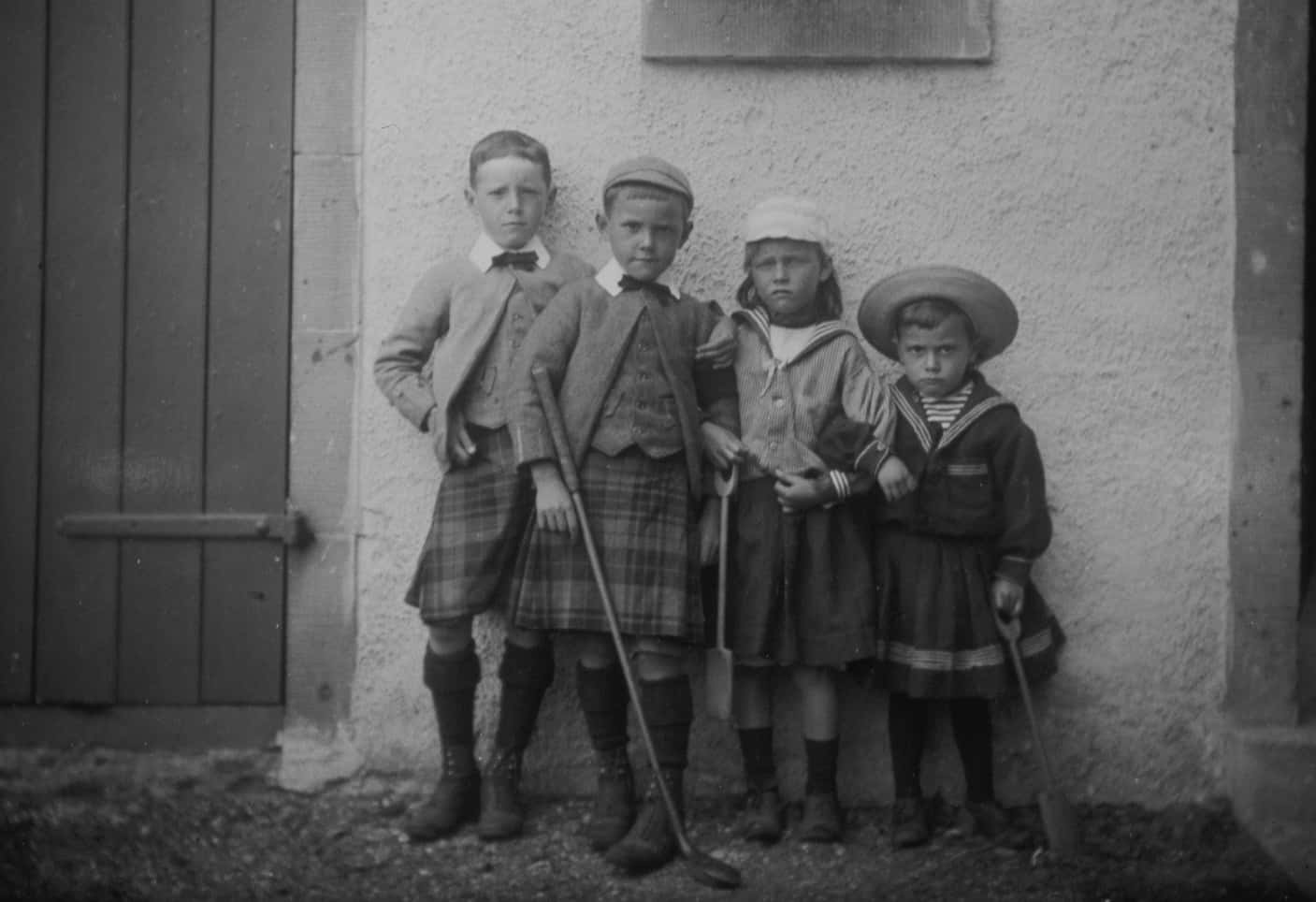 Flickr, East Lothian Museums
Flickr, East Lothian Museums
Reality: The Mistreatment Of Children
The horrors of the baby farms were well known, and many farmers were convicted for the harm they inflicted on the children. Even Charles Dickens condemned the baby farms. 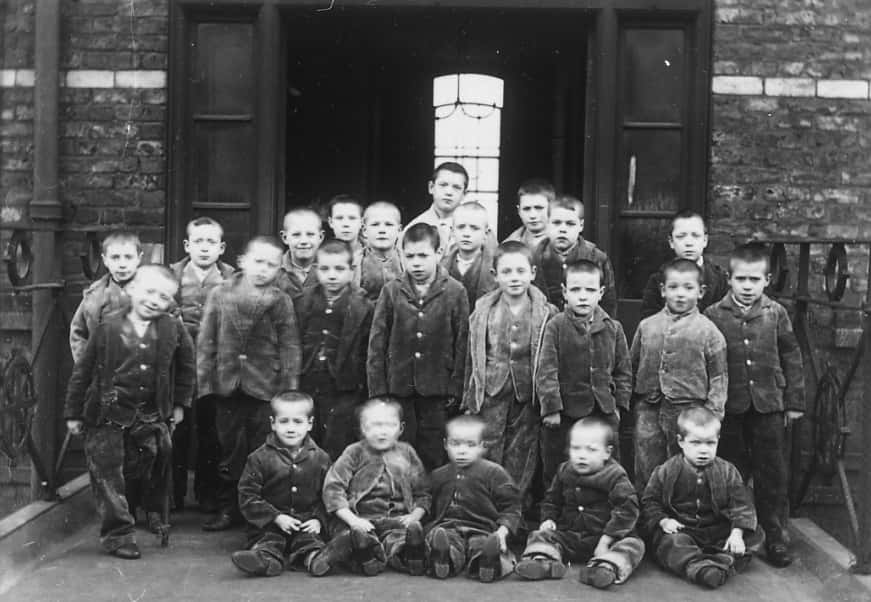 Wikipedia
Wikipedia
Misconception: London Was Filled With Upper-Class Folks
A lot of the information that comes down to us is related to the upper class and their exploits.
Reality: London Had A Diverse Population
London had many immigrants coming into the city trying to find work at the time. So much so that the city became overcrowded.
All the immigrants meant that it was a diverse city. After all, it had dominated the world stage of politics and trade. Both Europeans and those from the broader British Empire lived in London.
Misconception: Victorians Were Too Uptight To Drink
Because of the "uptight" stereotypes of Victorian decorum, some think they didn't like to drink. In fact, they needed to drink alcohol.
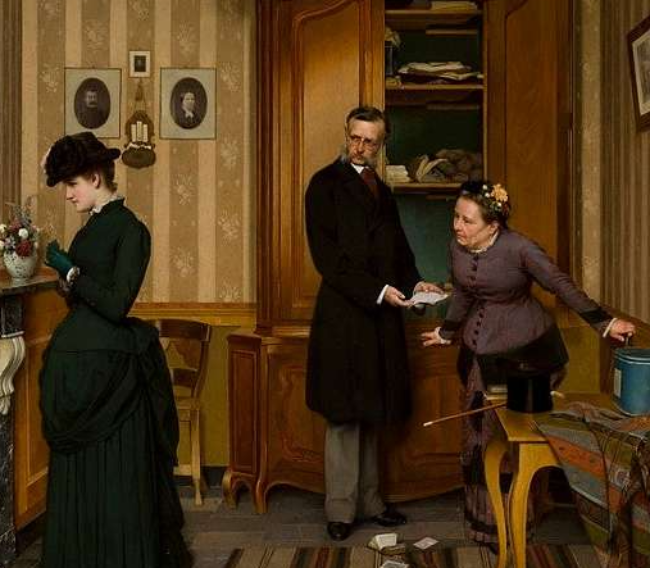 National Museum in Warsaw, Picryl
National Museum in Warsaw, Picryl
Misconception: Victorians Drank Frequently
Because of the unpredictability of the water quality, they were always drinking fermented or alcoholic drinks. Churches tried to put up water pumps for everyone to access, but the middle class was afraid the pumps would draw the less fortunate to loiter around them.
Misconception: The Victorians Were Well-Educated
Victorians have a reputation for being something of book worms. This might be true for the upper classes, but not for most.
Reality: Schooling Was Sporadic
This might be true for the upper classes, but most Victorians were illiterate. Sending kids to school wasn’t mandated until 1880. And this lack of schooling was hindered by a strange debate.
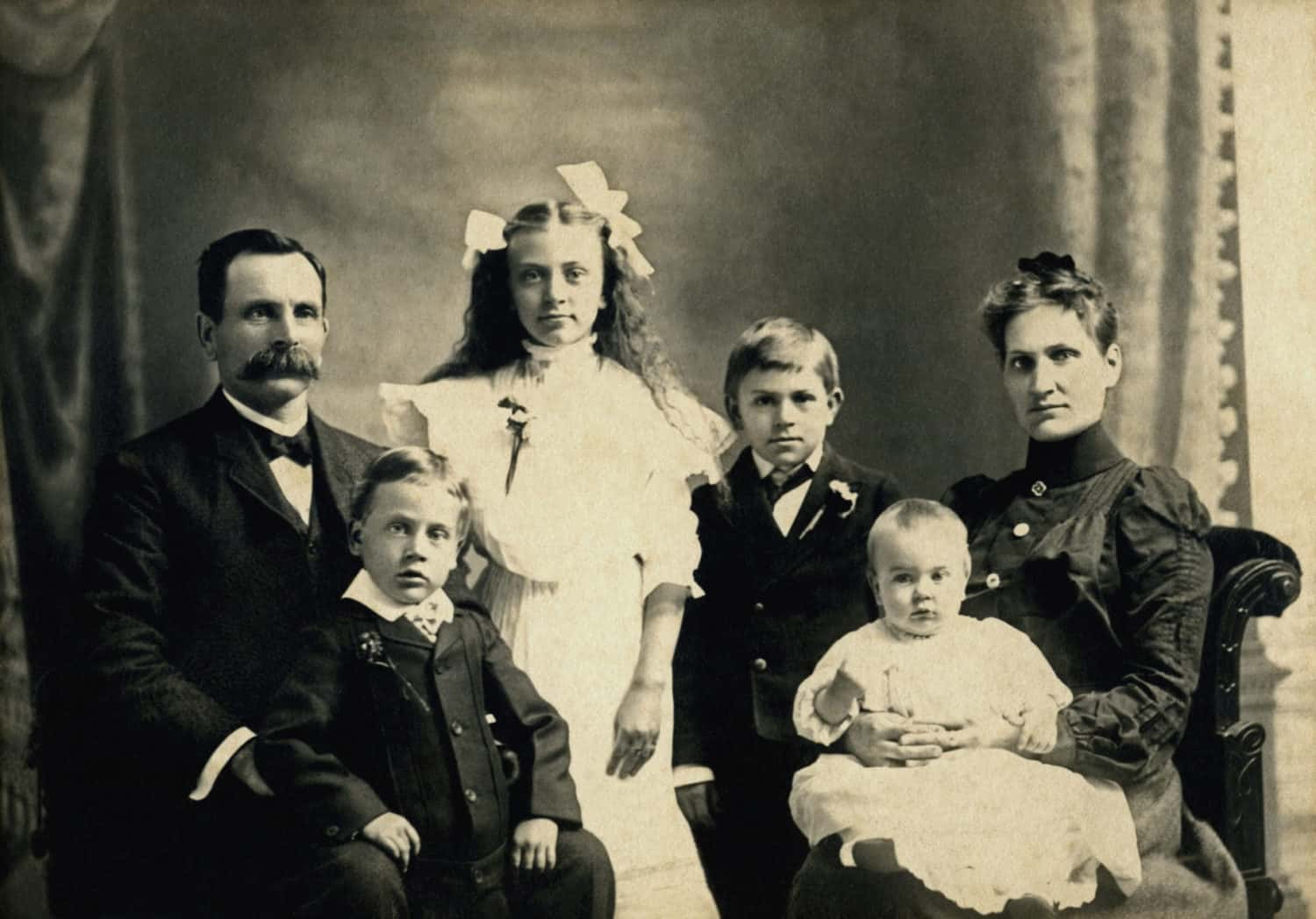 ShutterstockReality: Schooling Was Sporadic
ShutterstockReality: Schooling Was Sporadic
There was a huge debate around how schooling should be administered and by whom. Whether it should include teachings from the church, or just teach other things. On top of that, not many people saw the value in a school education, but that wasn’t all.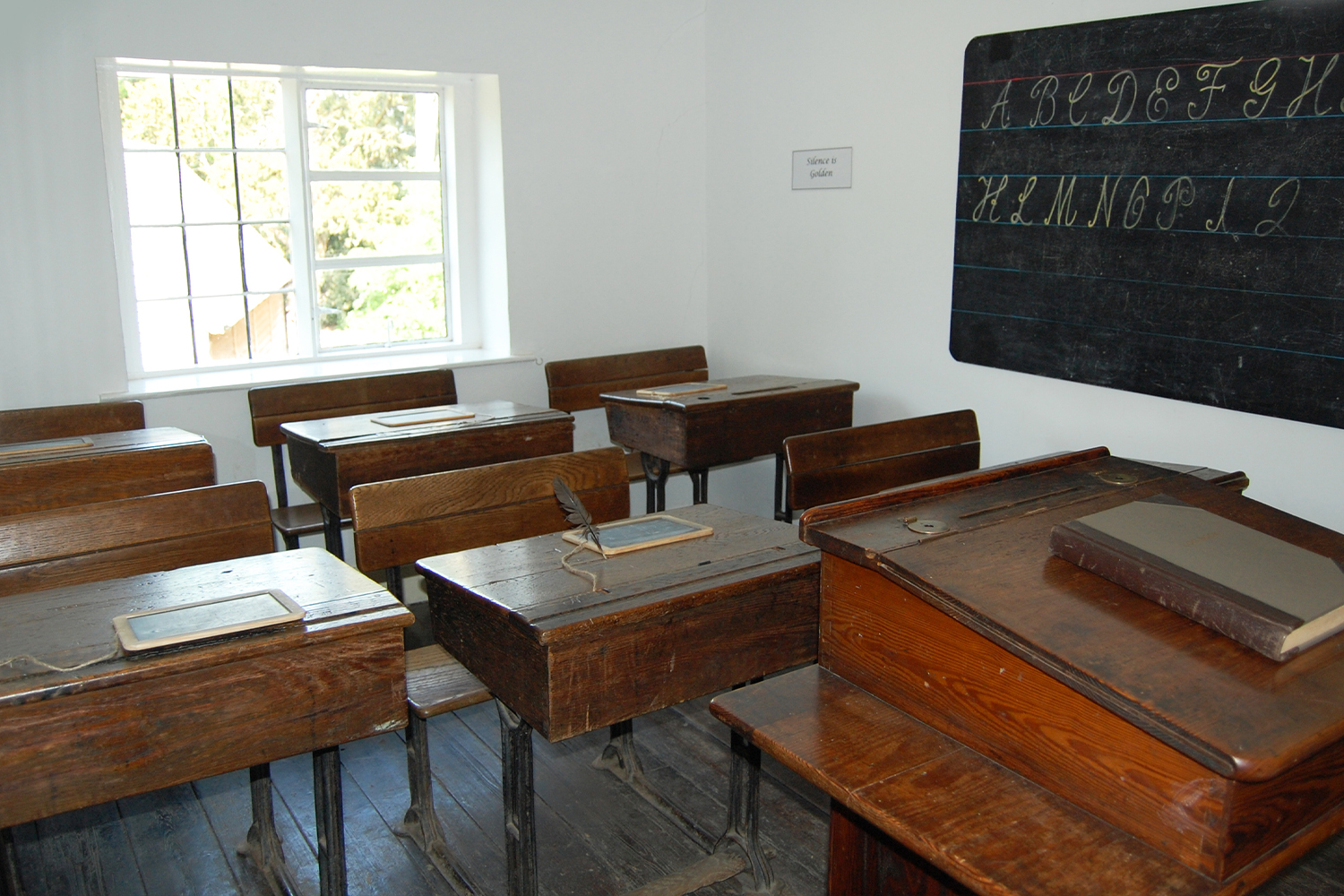 Adobe Stock
Adobe Stock
Reality: Schooling Was Sporadic
Some even thought that institutionalized education infringed on the parents’ privacy and the privacy of the home. But they also weren’t homeschooling their children, so it was generally a confusing situation.
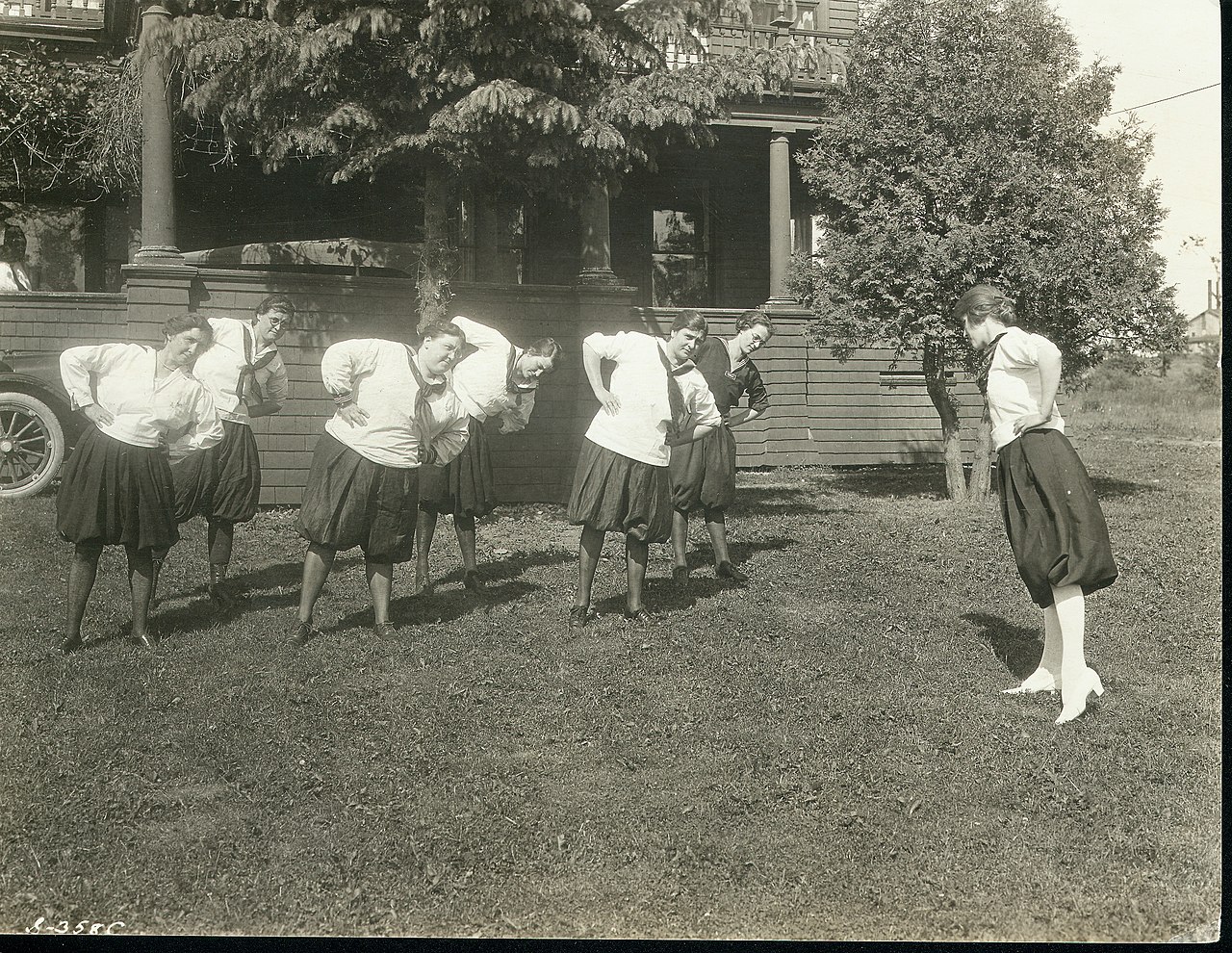 Cornell University Library, Wikimedia Commons
Cornell University Library, Wikimedia Commons
Misconception: Victorians Had Access To Quality Goods From The Far Reaches Of The Empire
Again, true for the upper classes. But for most lower-class folk, these luxuries were harder to come by...and often poisoned.
Reality: Their Business Practices Were Poisonous
Ash was mixed into tea, chalk or lime mixed into flour, or breadcrumbs added to minced meats so those selling these products could get more money for selling less. But these mixtures often had sinister impacts on the consumer. But it didn’t stop there.
Reality: Their Business Practices Were Poisonous
The candy was even more sinister, with plaster, copper, lead, mercury, and even arsenic being added to create bright colors. It goes without saying that consuming heavy metals is bad for the human body. Shutterstock
Shutterstock
Misconception: The Queen Was A Prude
Queen Victoria’s tight-laced public reputation is still popular today, but that's not who she was behind closed doors.
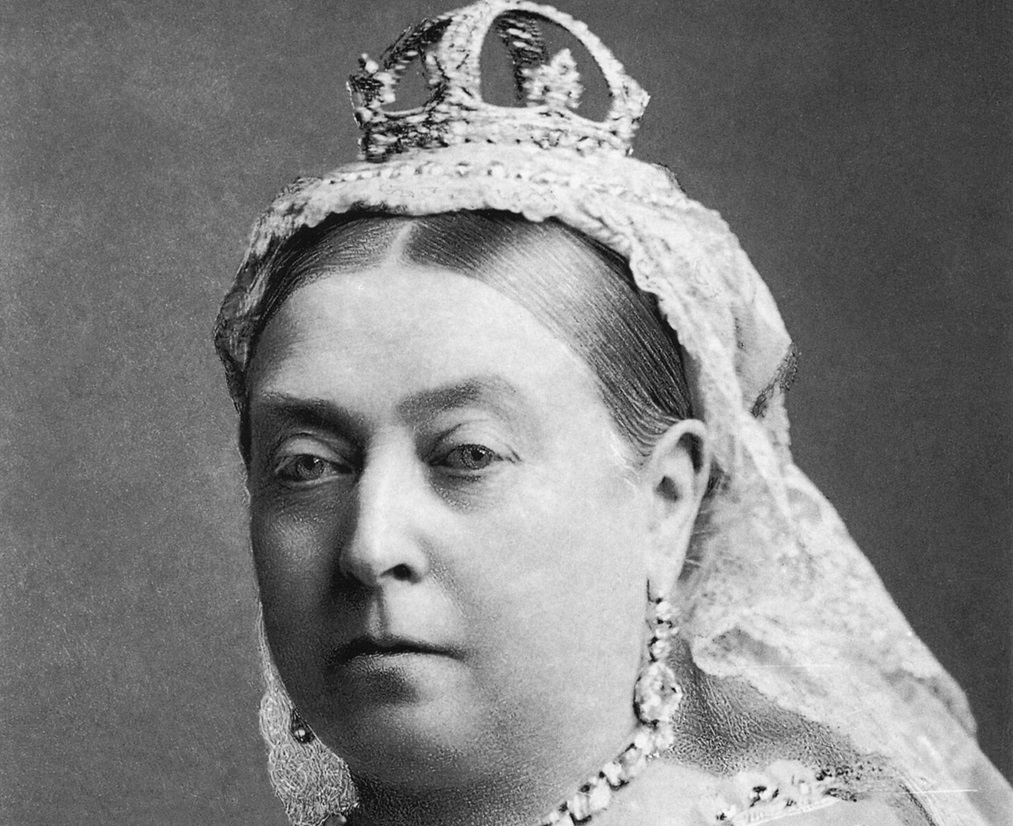 Alexander Bassano, Wikimedia Commons
Alexander Bassano, Wikimedia Commons
Reality: The Queen Was Spicy
was a facade, and in fact, she and her husband, Prince Albert, had a collection of paintings featuring scantily-clad individuals. And the queen was very into Albert in the bedroom. But these racy pursuits didn’t stop with the queen.
Reality: They Were A Scandalous Populace
Literature at the time was filled with inappropriate writings, and many of these series were popular for their simultaneously educational and adventurous accounts.
Misconception: There Was An Intimate Medical Procedure
There is a myth that doctors treated “hysterical” women with the first intimacy accessory. While yes, there was a buzzing invention—created by Joseph Mortimer Granville in the 1880s—it has a much different history.
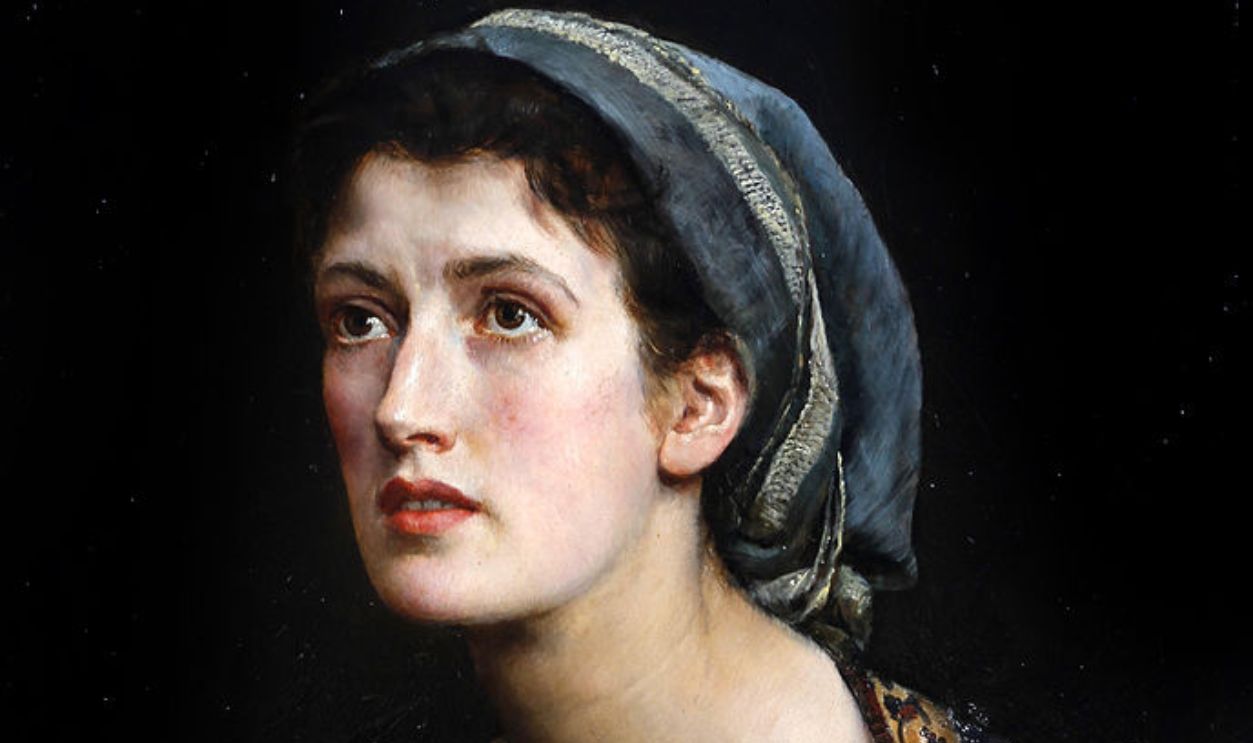 John Collier, Wikimedia Commons
John Collier, Wikimedia Commons
Misconception: There Was An Intimate Medical Procedure
This accessory was meant for men and wasn’t used on women at all. This misconception about intensive and intimate medical procedures didn’t even come from extant evidence. It came from a book published in 1999, and the author said this detail wasn’t a true fact.
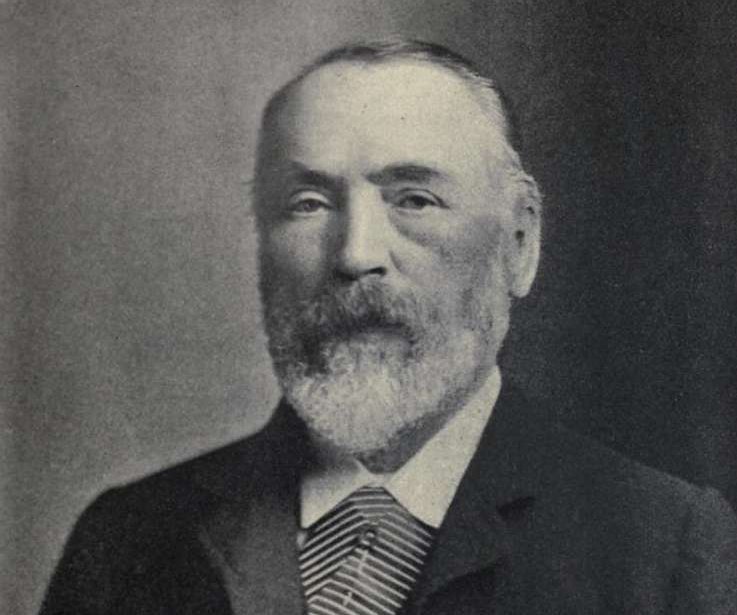 Unknown Artist, PicrylMisconception: Prince Albert Had A Prince Albert
Unknown Artist, PicrylMisconception: Prince Albert Had A Prince Albert
There’s no evidence the Prince had a piercing on his unmentionables, and this myth seems to have been invented by Doug Malloy in the 1960s during the rise of piercings in the US. That would be pretty wild for the Prince of the British Empire, though!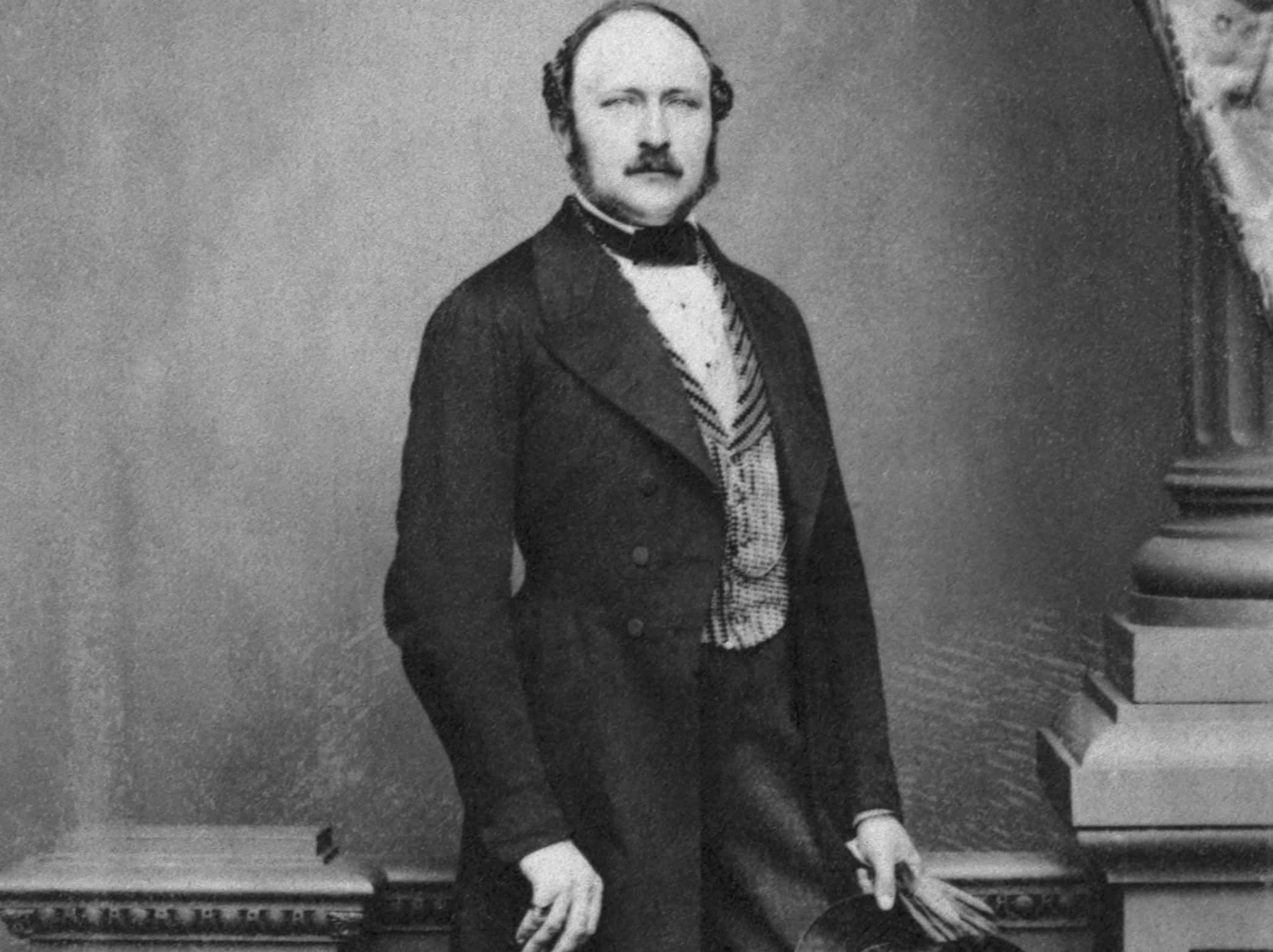 Getty Images
Getty Images
Misconception: They Weren’t Superstitious People
We think of the Victorian era as superstitious and believing in all sorts of ghouls and ghosts. And this does have some basis in fact: In the late 1800s, there was a sudden fear of vampires. But this came from an even more disturbing source.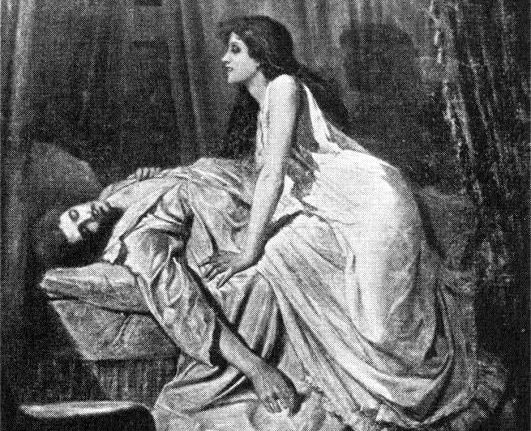 Philip Burne-Jones, Wikimedia Commons
Philip Burne-Jones, Wikimedia Commons
Reality: Their Real-World Problems Turned To Supernatural Answers
Citizens feared tuberculosis, but projected their fear onto a problem they could do something about: vampires. This is likely what caused the fear in the 1800s.
Misconception: Victorians Were Christian
We generally think of Victorians as ultra pious and going to Church constantly. And some certainly did, but they also had wider beliefs.
 Irving Underhill, Wikimedia Commons
Irving Underhill, Wikimedia Commons
Misconception: Victorians Were Darkly Spiritual
They also believed in spiritualism and the afterlife. They often participated in seances, hypnotism, and fortune-telling, but the performers were often scamming believers.
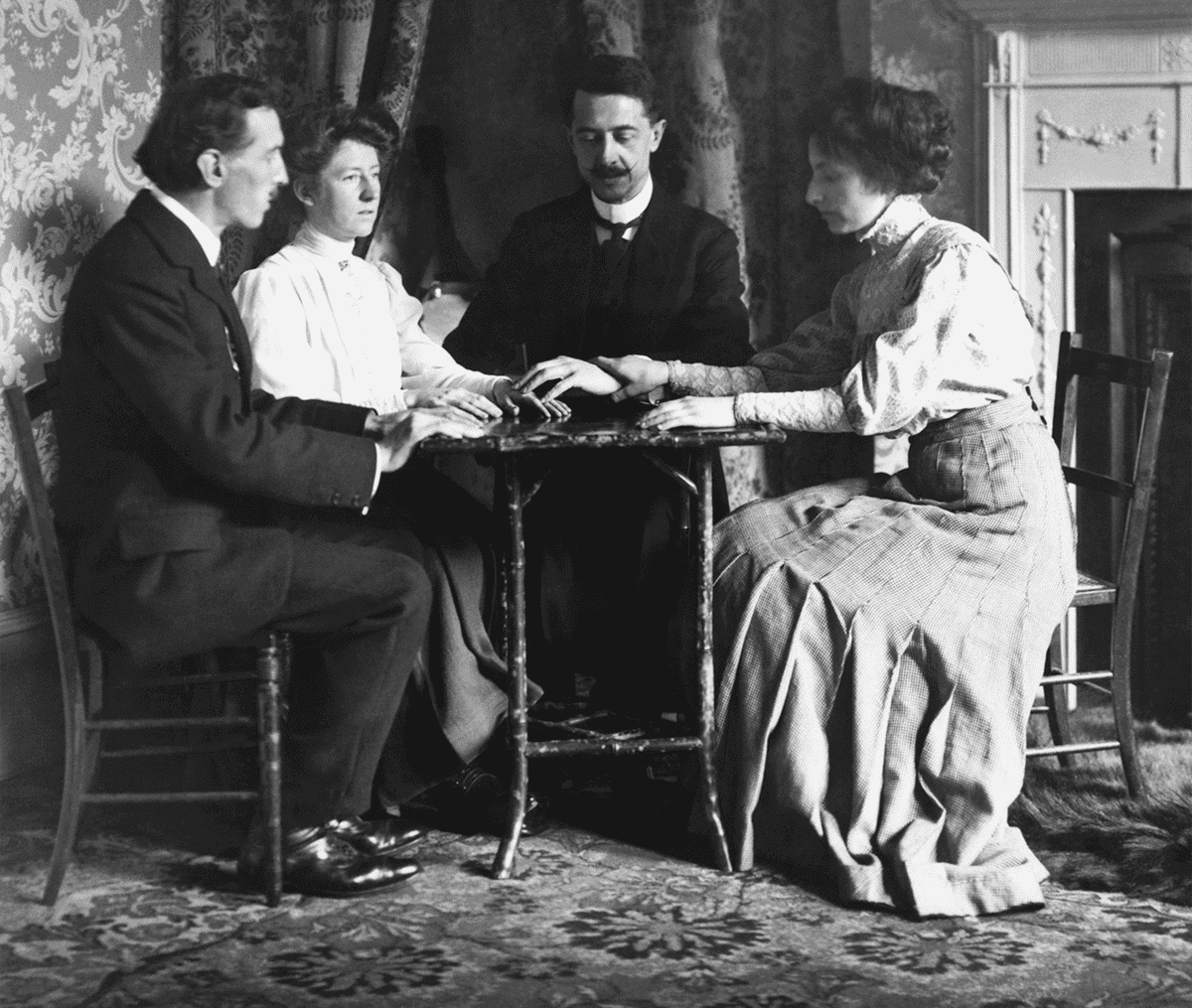 Getty ImagesReality: Victorians Were Darkly Spiritual
Getty ImagesReality: Victorians Were Darkly Spiritual
After some scientific research was disrupted by strange forces, they hypothesized these beings could be contacted through mirrors. Some inventors even pivoted from their initial projects to focus on contacting aliens.
Misconception: Corsets Were Dangerous And Caused Injury
Tight-lacing a corset can be dangerous with an ill-fitting corset and if the corset was pulled too tight. But this fear-mongering around the supportive garment is entirely fabricated by the modern era.
Reality: They Had Made-To-Measure Clothes And Garments
Corsets were tailored to an individual body. They often featured padding at the hips and the neckline, which meant the small waists were made through illusion. Additionally, tight-lacing wasn’t as common as we think, and it was a personal choice to do so.
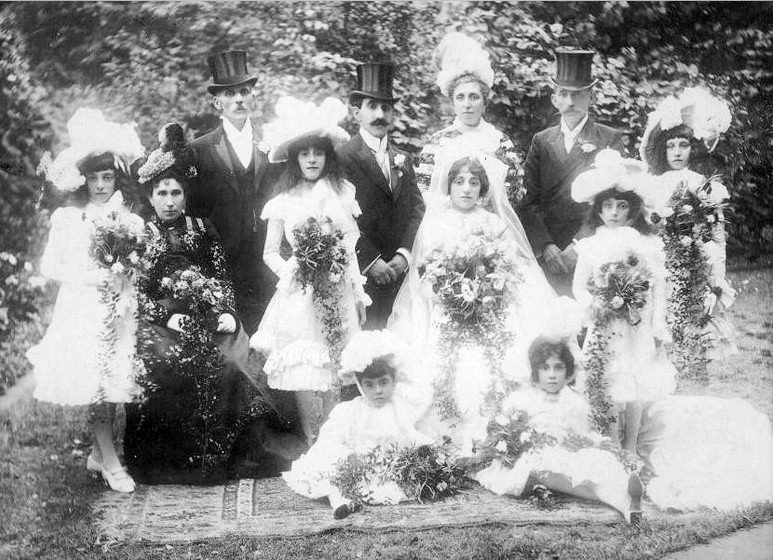 Joseph Lawende, Wikimedia Commons
Joseph Lawende, Wikimedia Commons
Misconception: Queen Victoria Followed All Social Traditions
Yes, Queen Victoria wore black for 40 years after her husband's passing. But she wasn't so married to tradition.
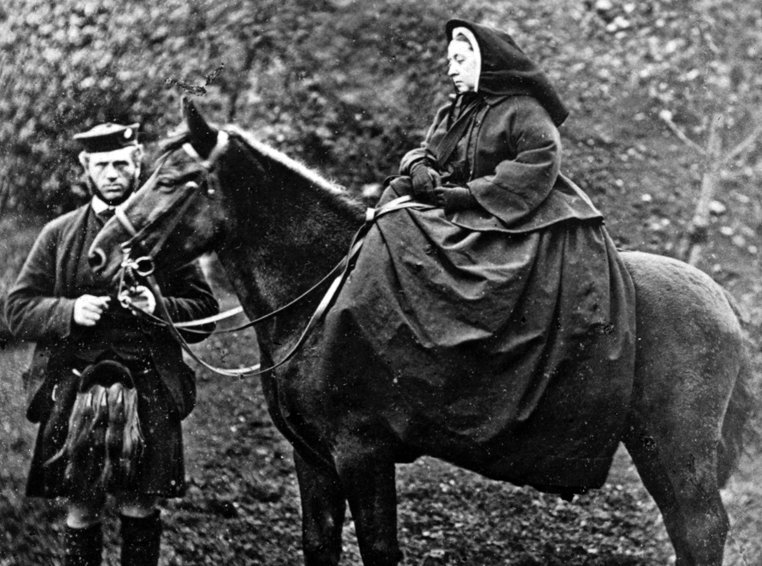 George Washington Wilson, Wikimedia Commons
George Washington Wilson, Wikimedia Commons
Reality: Queen Victoria Broke Some Rules
At her own funeral, Queen Victoria insisted the streets of London be done up in white and purple. But wearing black wasn’t all sad.
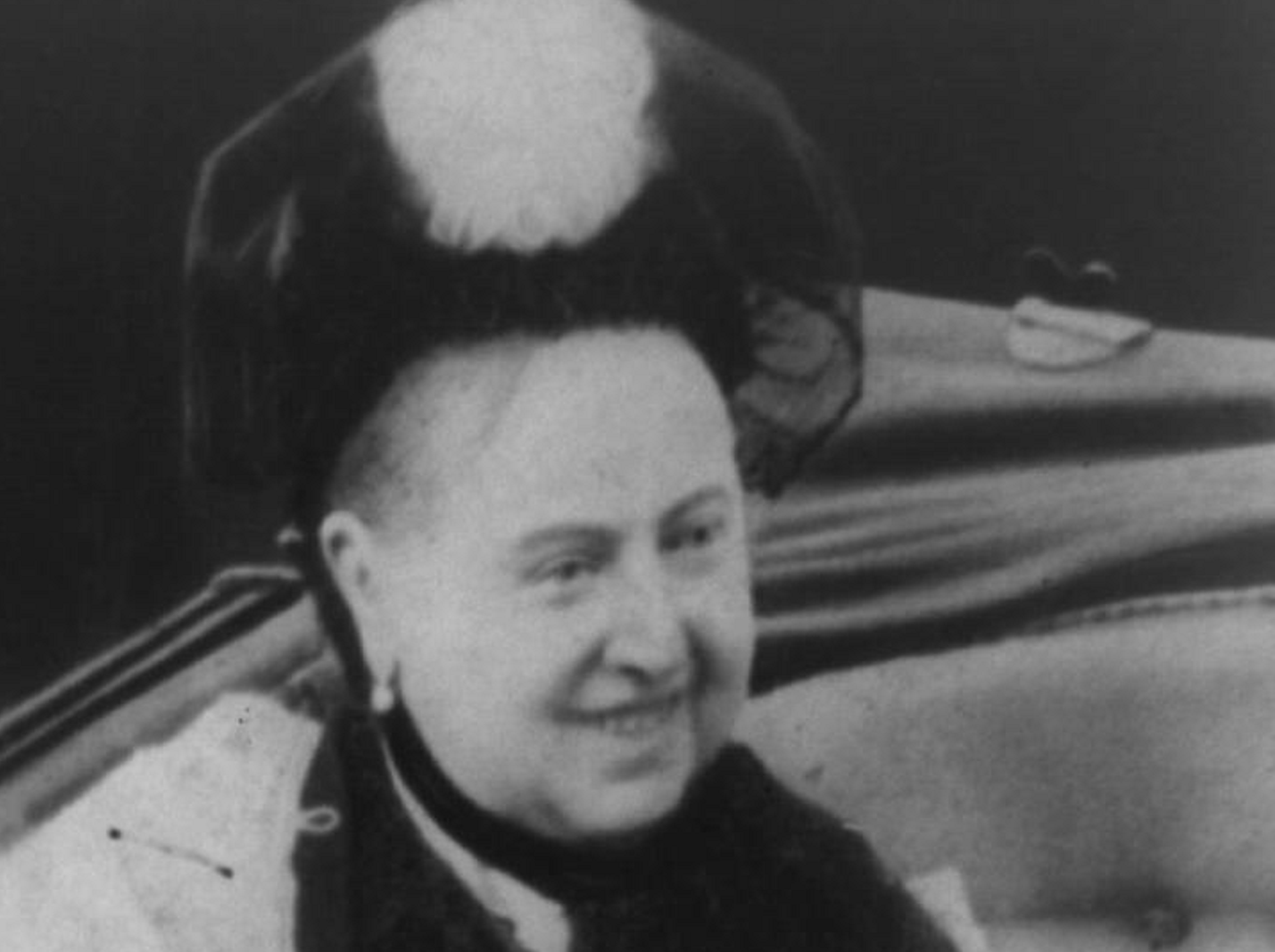 Charles Knight, Wikimedia Commons
Charles Knight, Wikimedia Commons
Misconception: The British Royal Family Are Purely Anglo-Saxon
Their family origins are actually from Germany. But Queen Victoria’s mother was a German princess, and the queen was brought up by a German governess.
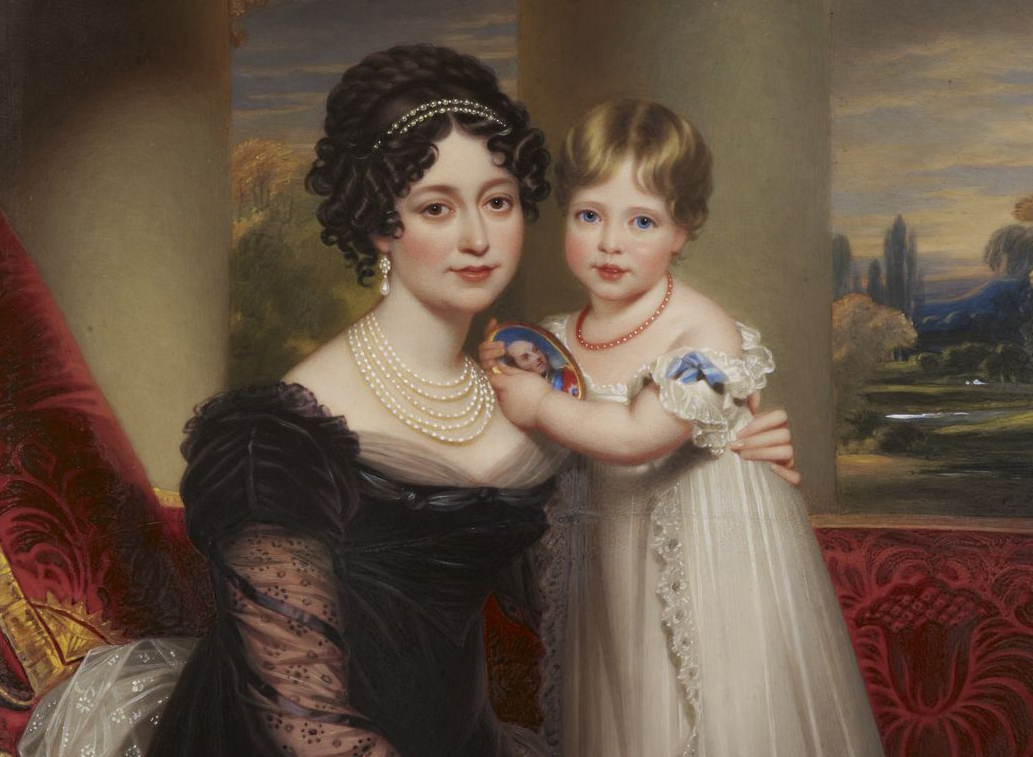 WikipediaReality: They Have A Wide Ancestry
WikipediaReality: They Have A Wide Ancestry
On top of that, Queen Victoria’s true first name was Alexandrina, for her grandfather, Tsar Alexander I of Russia. She went by “Drina" until her coronation in 1838, and her official name was often debated.
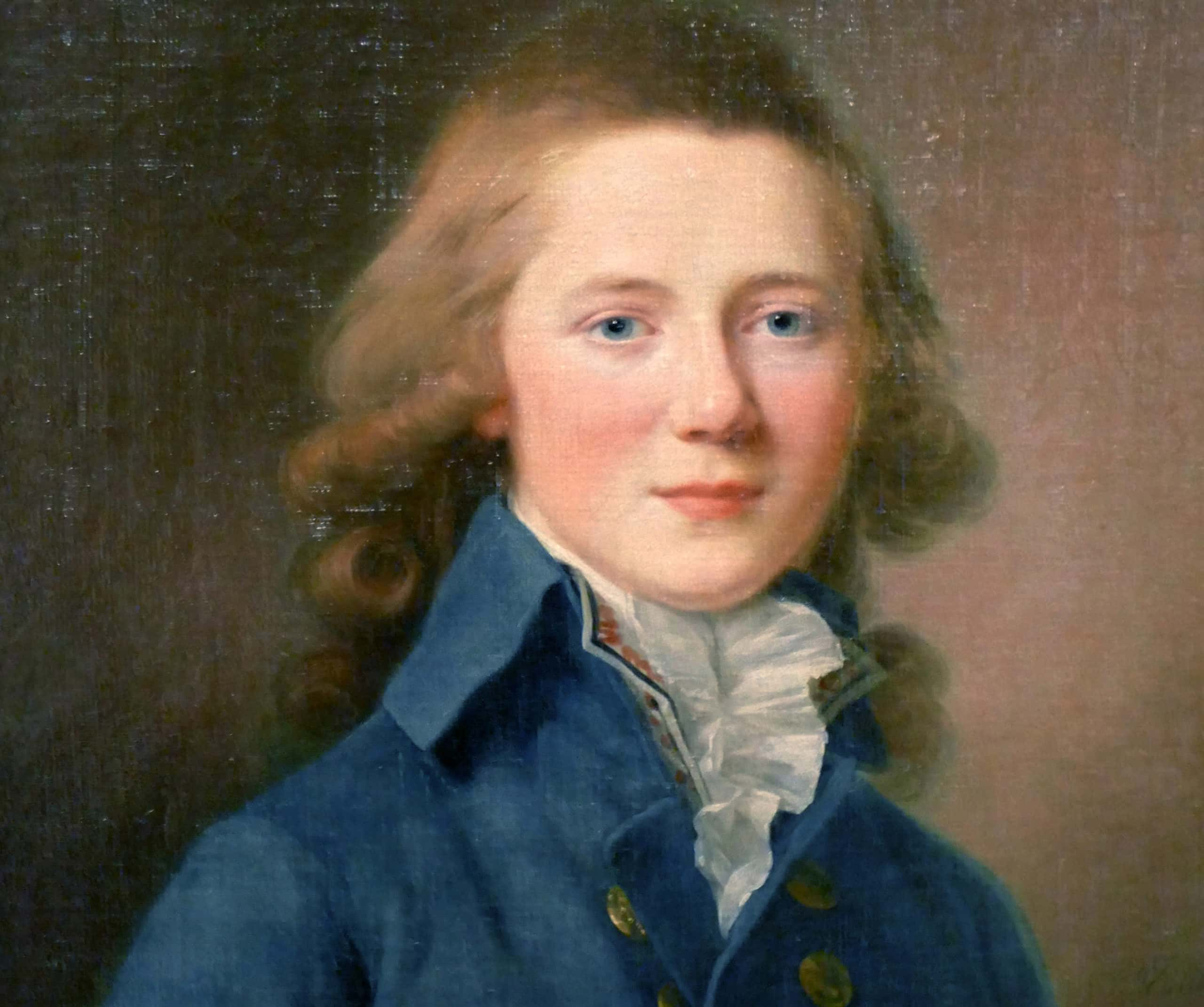 Getty ImagesMisconception: The Human Body Was For God’s Eyes Only
Getty ImagesMisconception: The Human Body Was For God’s Eyes Only
Victorian's are often depicted as covered-up and innocent, with a disgust for their own bodies. Not so...in fact, they were obsessed with their bodies.
Reality: They Obsessed Over Certain Body Parts
The Victorians had an obsession with hands. They had models made of the appendage, and they placed a lot of different values on a hand’s appearance. But this was only the start of their hand-y obsession.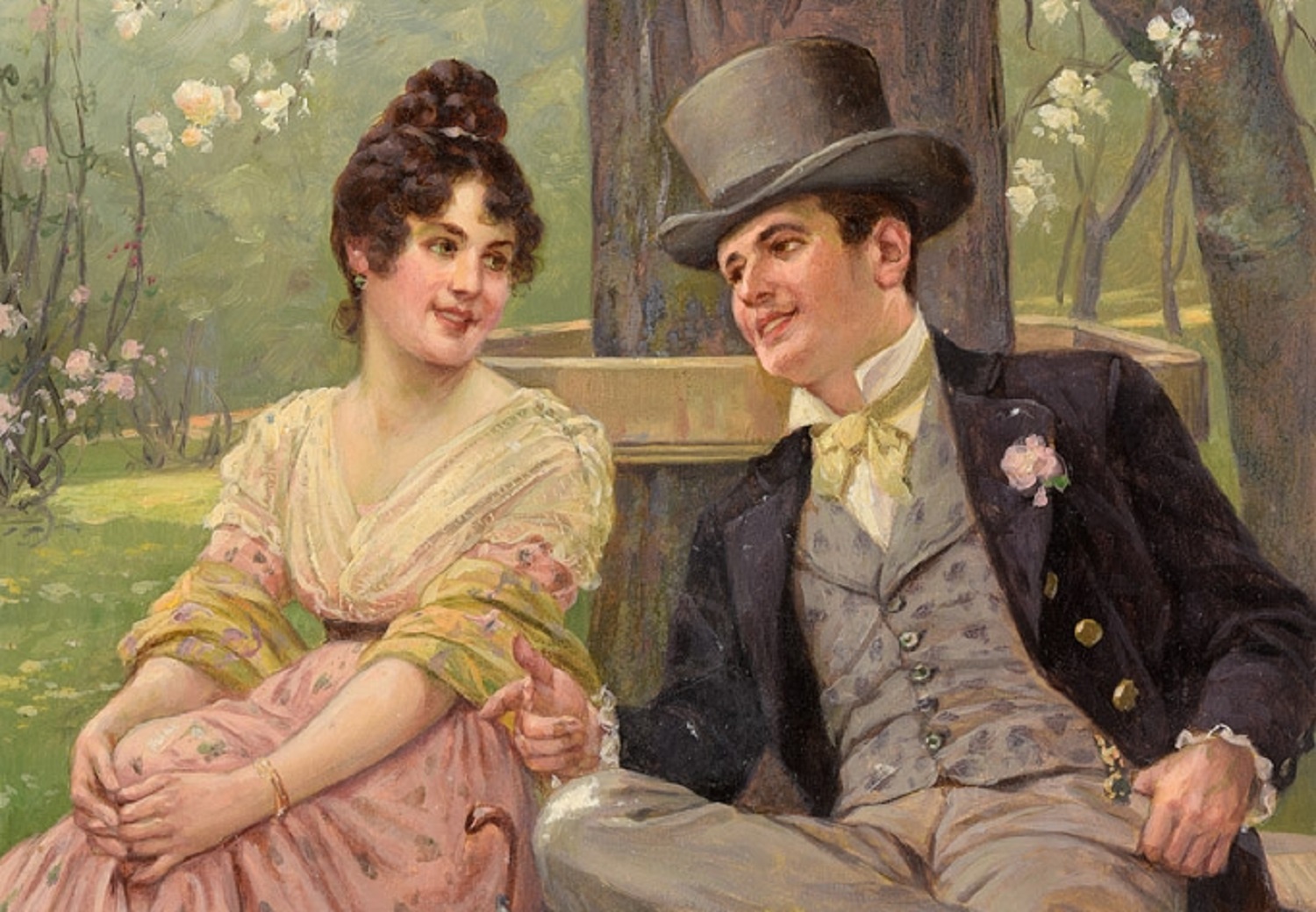 Düsseldorfer Auktionshaus , Picryl
Düsseldorfer Auktionshaus , Picryl
Reality: They Obsessed Over Certain Body Parts
Victorians could tell a lot from a pair of hands, and there was even a fantasy to the depictions of feminine digits. There was even a long-lasting fascination with palm reading. They took their preoccupation with hands one step further, though.
They even put arms and hands on different decorations, ornaments, and dining utensils. As mass production rose in popularity, so did hands on your cups.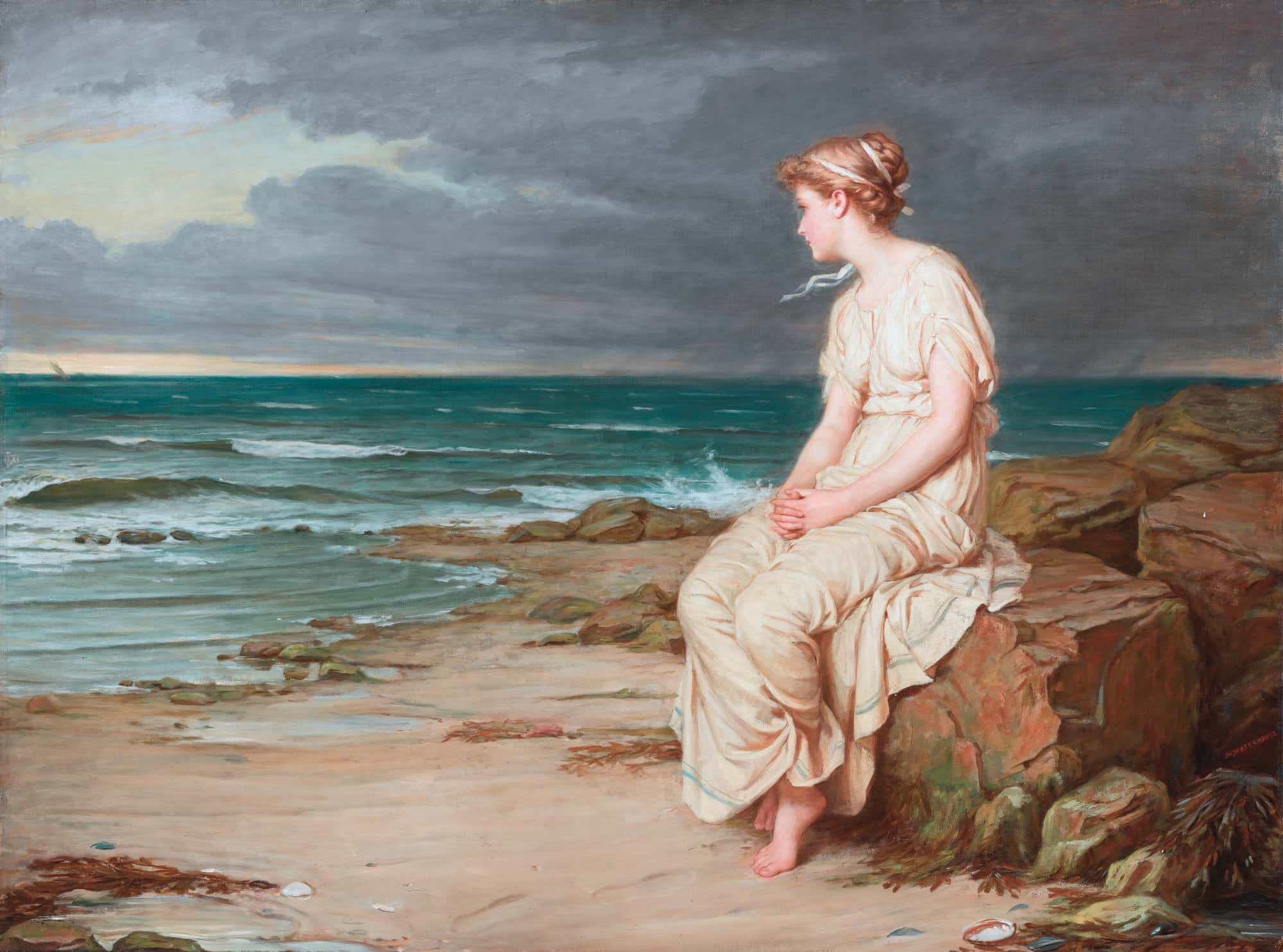 Wikipedia
Wikipedia

